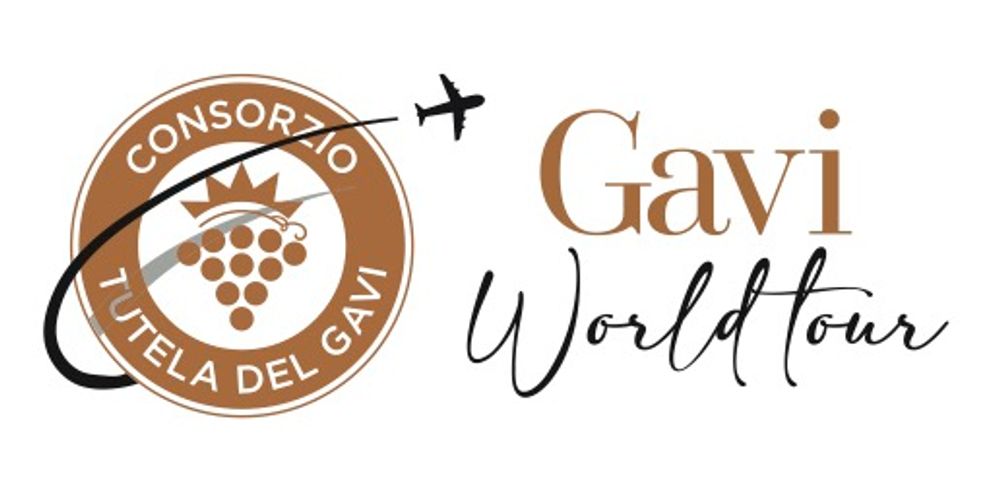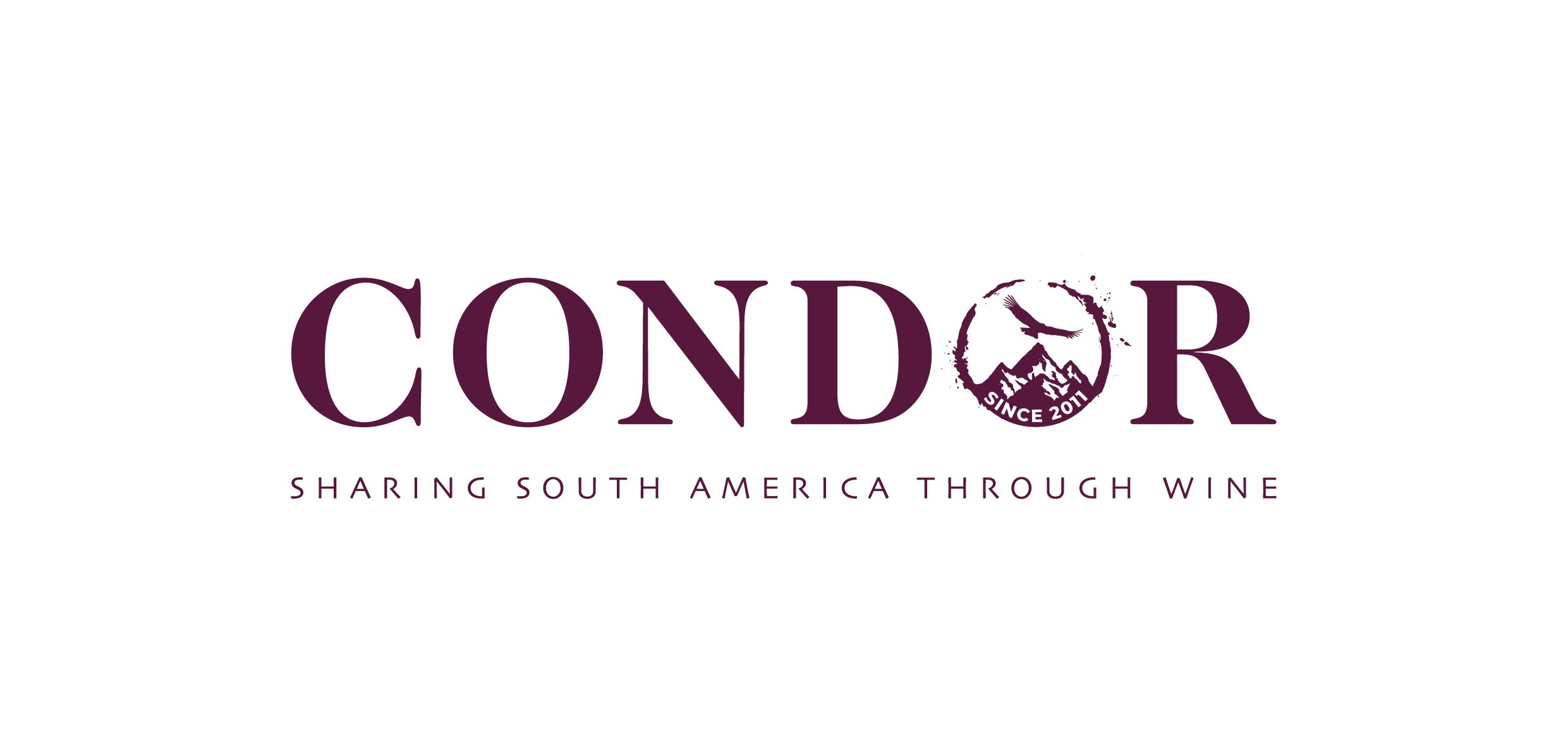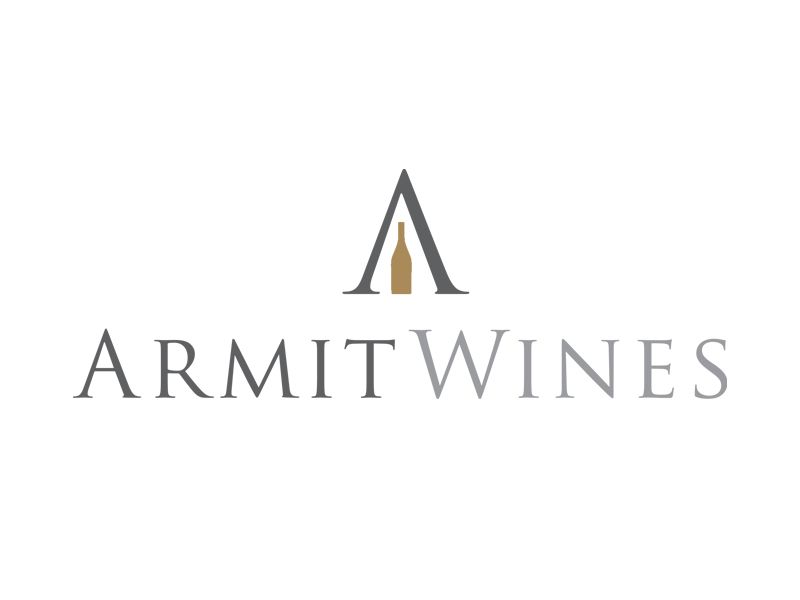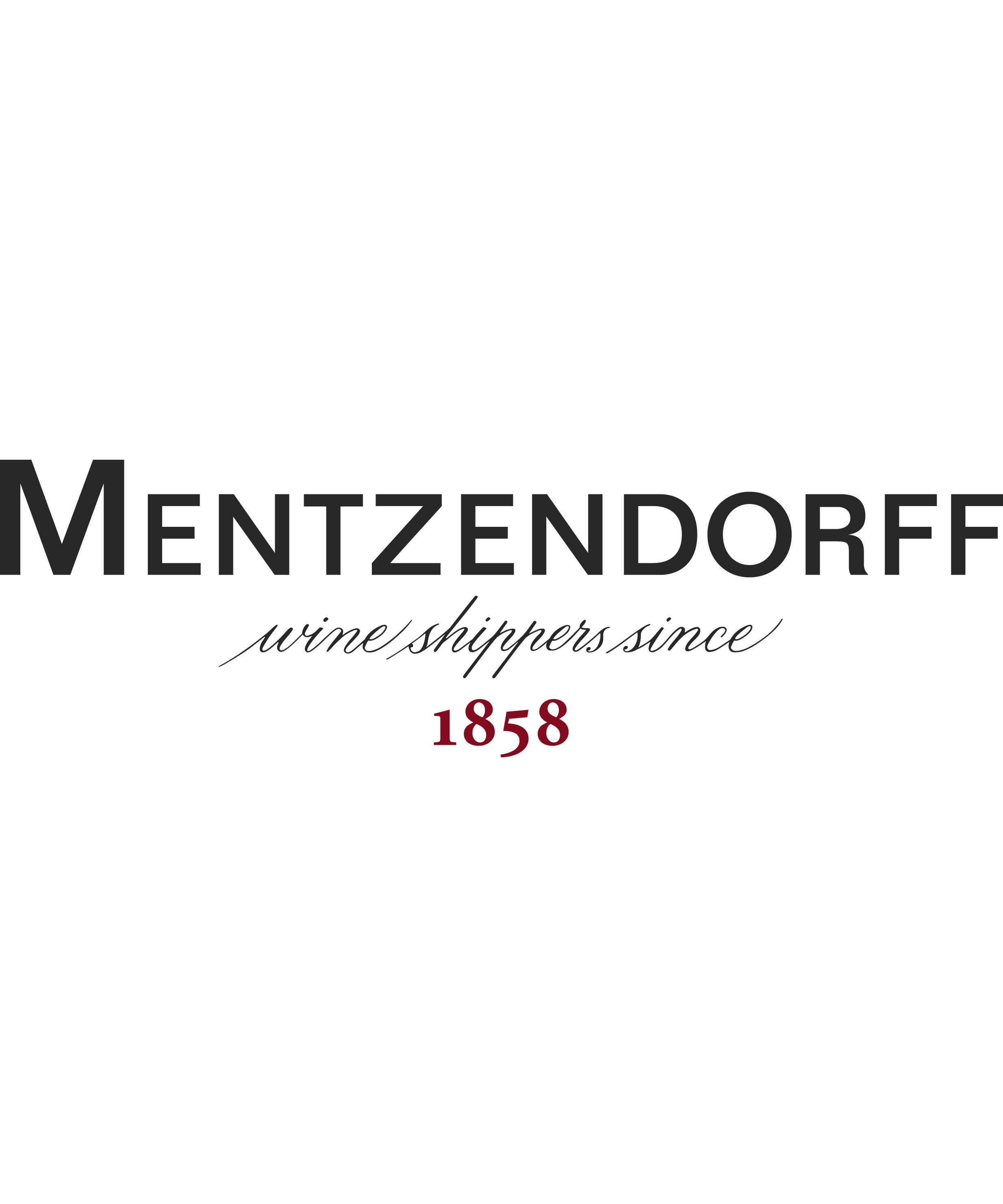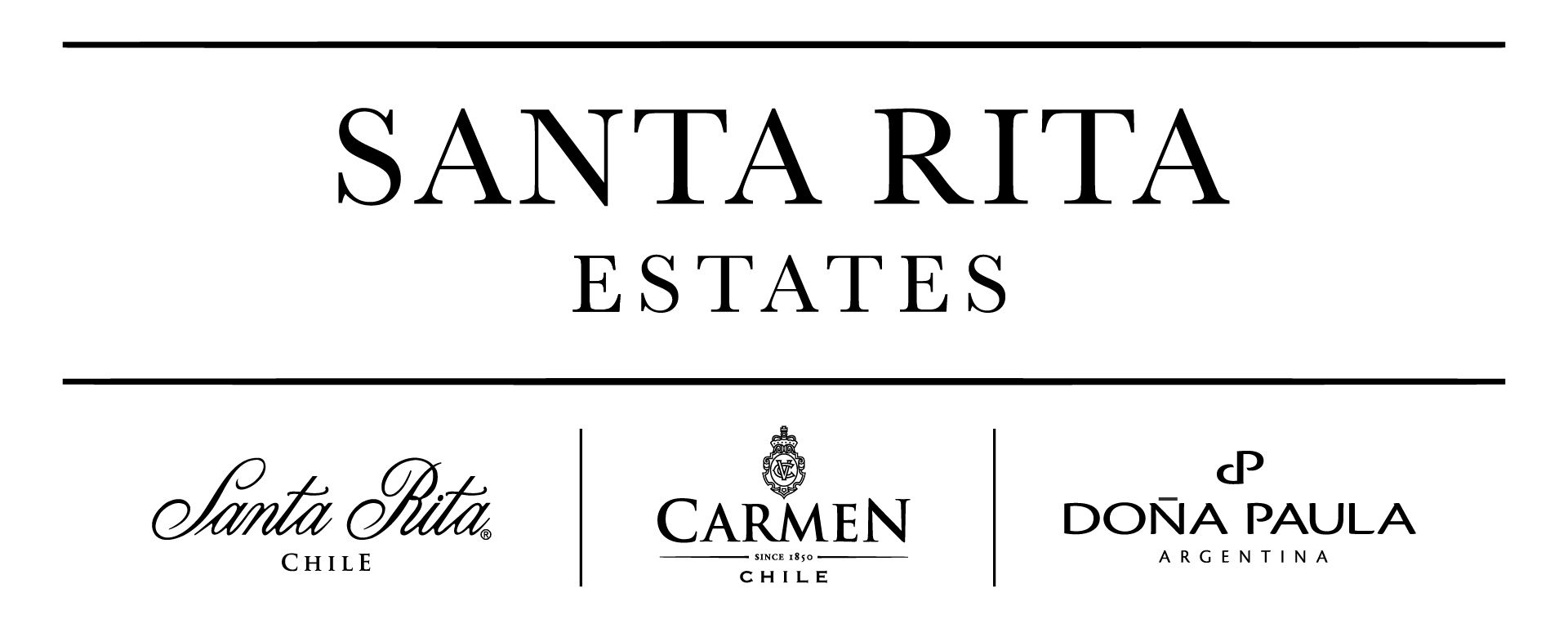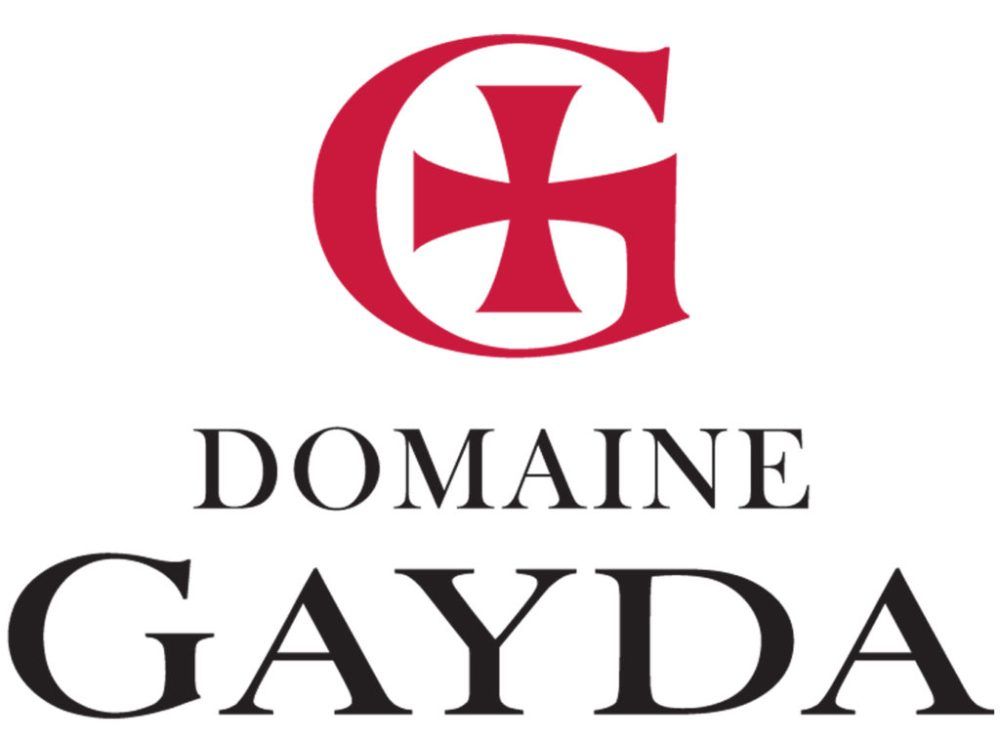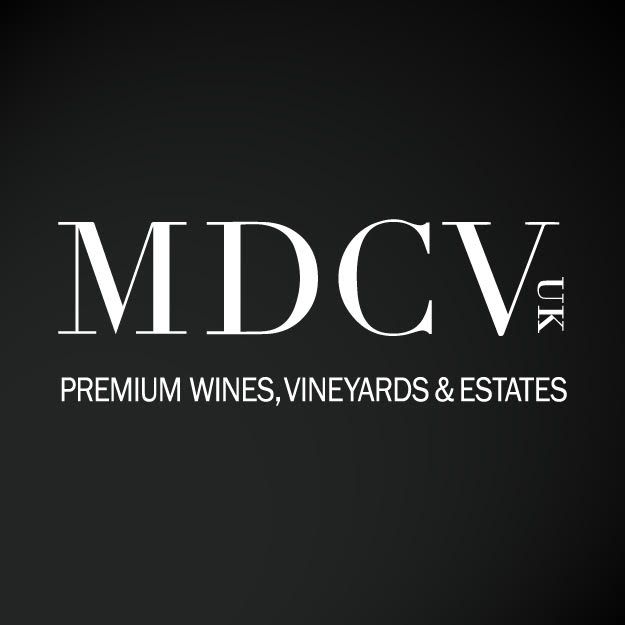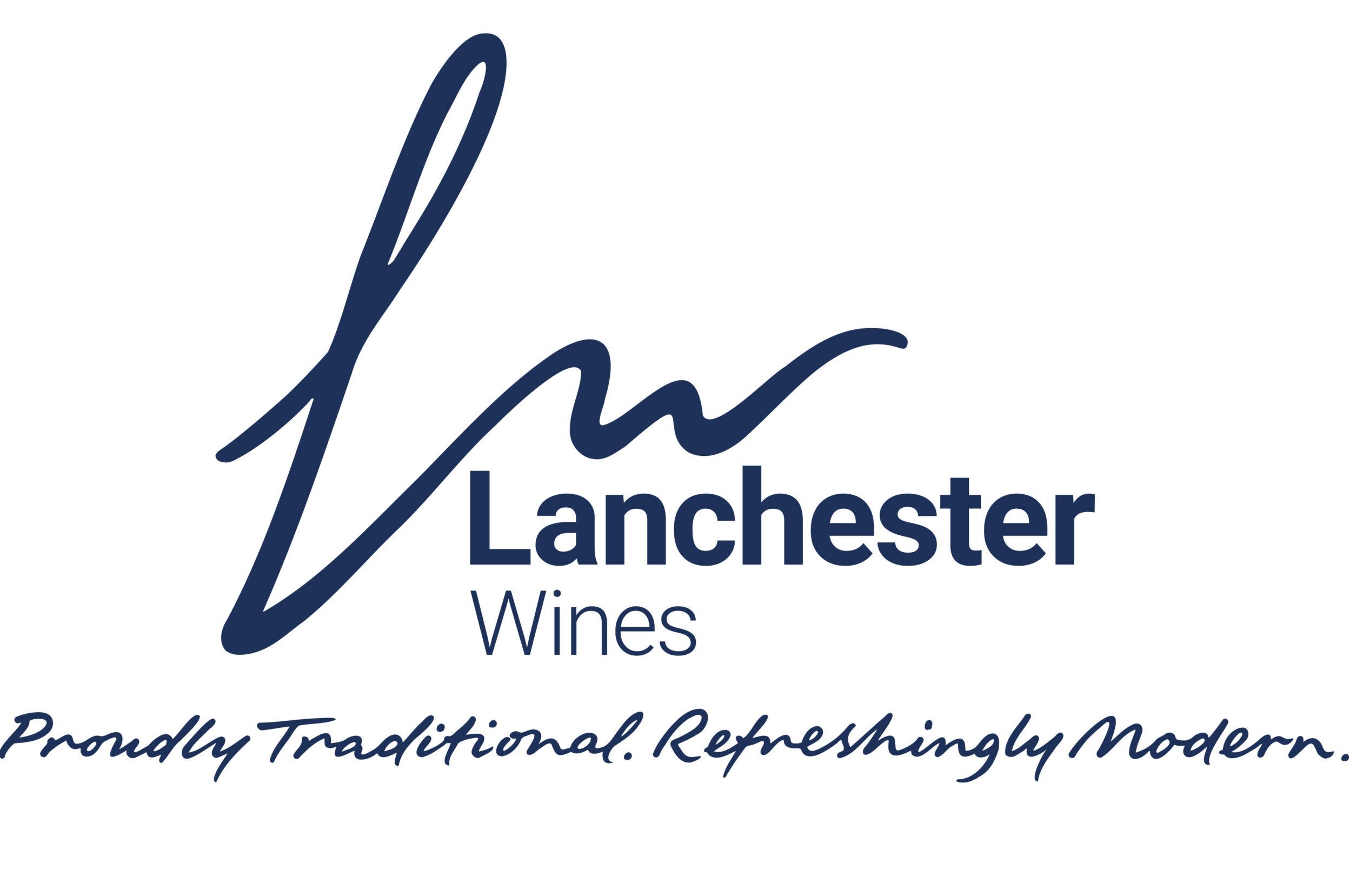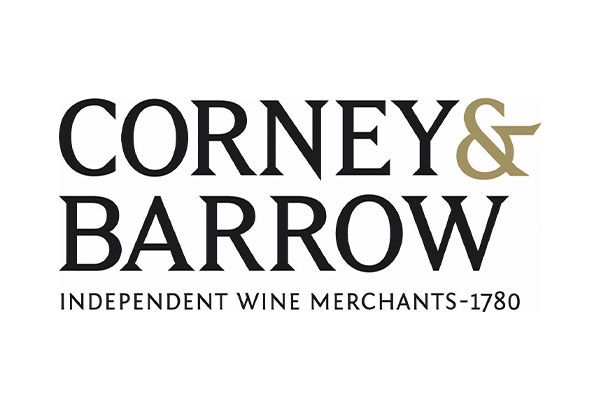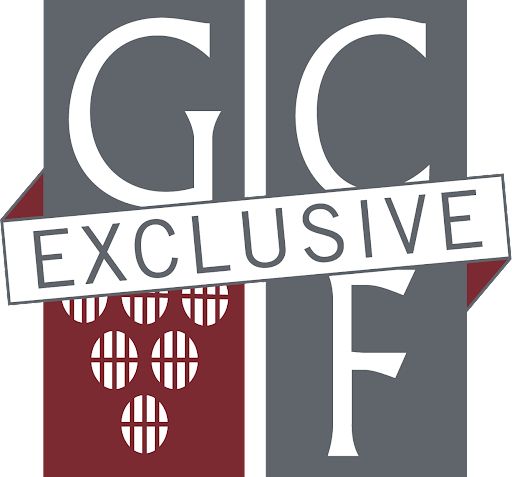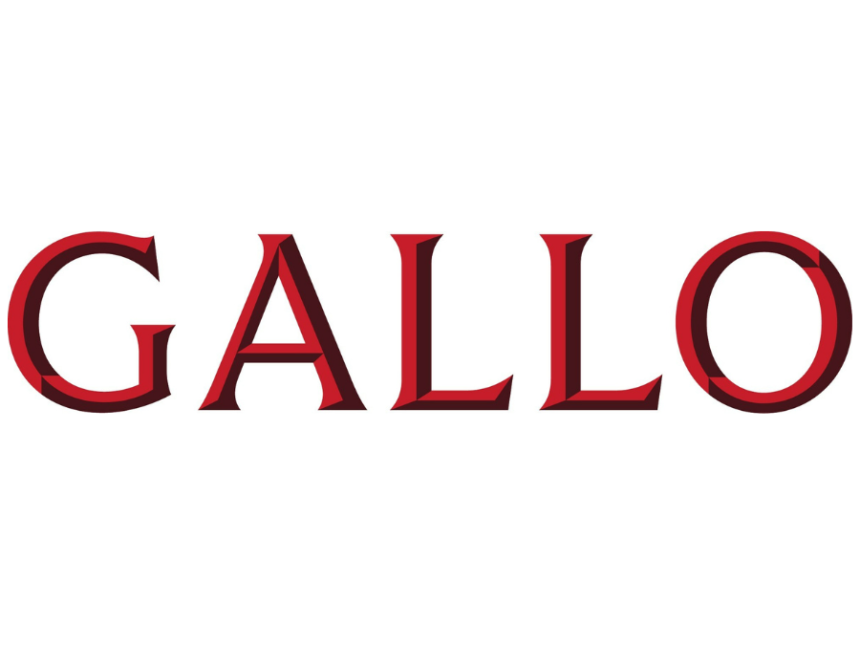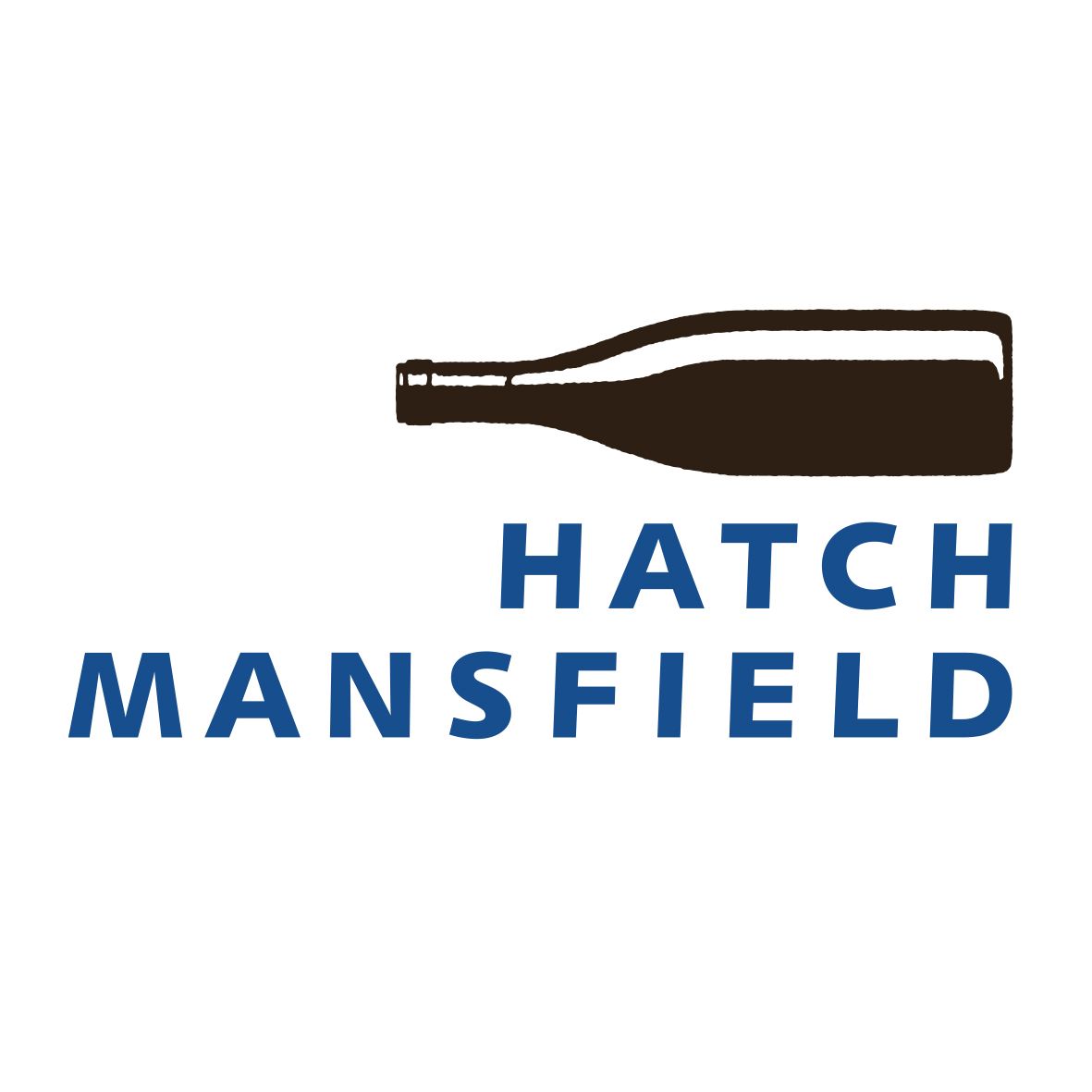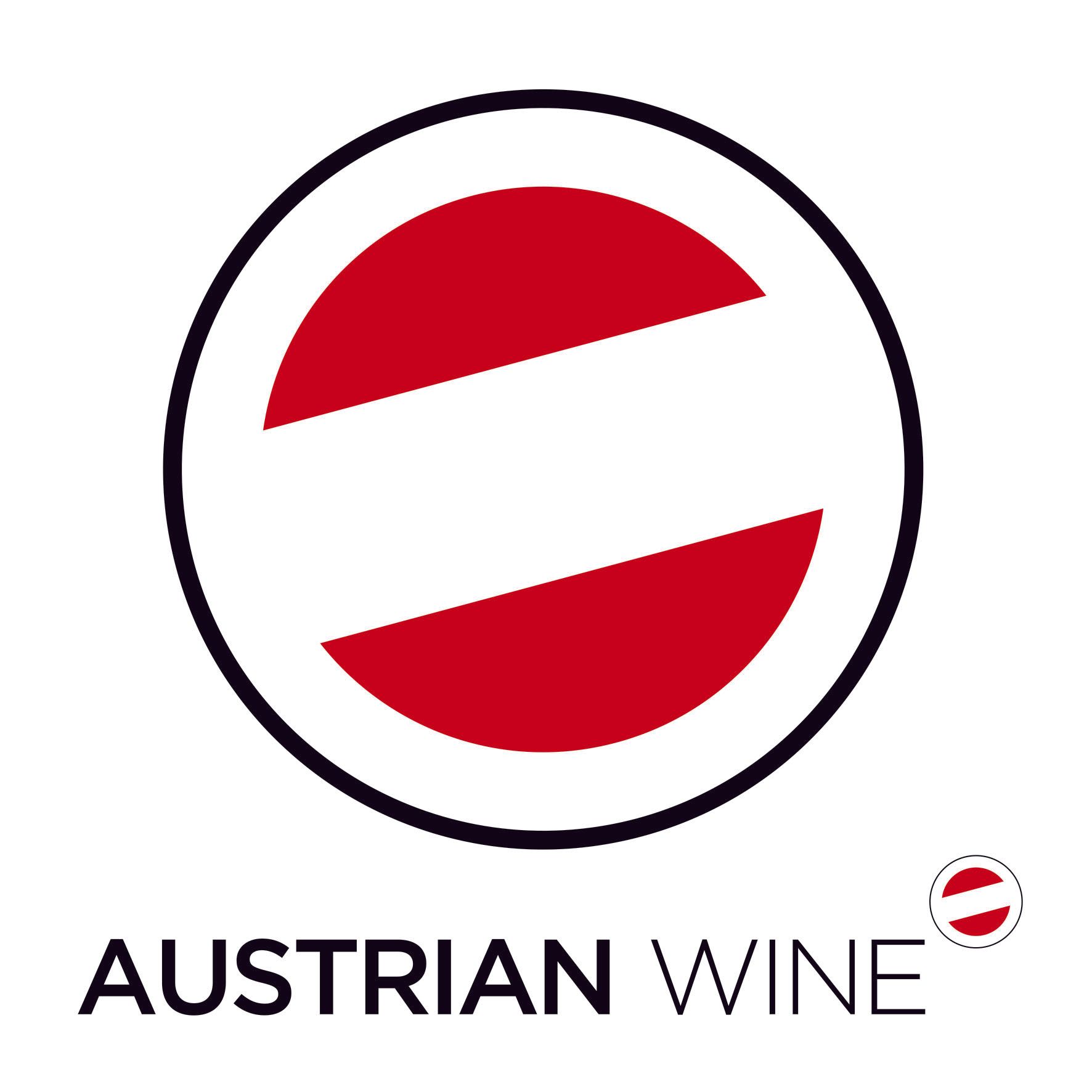There are a handful of wine regions in Europe that sommeliers, wine merchants and wine drinkers, alike, gravitate towards when opening up a wine list. Areas whose wines have become so synonymous with quality, consistency and, crucially, likeable wines they almost sell themselves just by having them on a list.
Gavi is one of them. It might only cover 1,600 hectares of vines in the south-east region of Piemonte in north west Italy, but it has become, for many, one of the go to wines for those looking for easy to drink, reliable and approachable Italian white wines to drink.
Particularly in the UK which is responsible for importing 49% of the 14 million bottles that are produced every year, supporting some 500 families, 92% of which is exported to over 100 countries around the world, creating revenues of €65 million.
But whilst it is a firm favourite for those visiting Italian restaurants, what opportunities are there for Gavi to sit on a much wider range of lists, and how can it be more relevant for buyers, importers and restaurateurs looking for approachable white wines for their ranges?
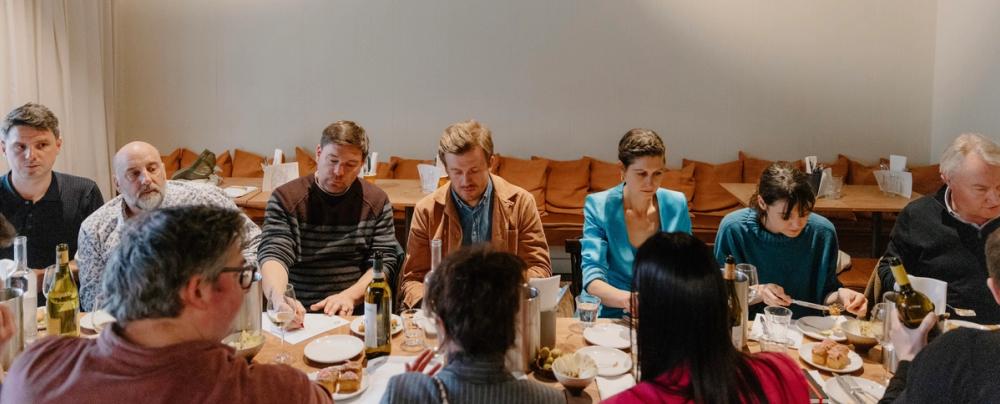
The Buyer Restaurant Tour is a chance to get top wine buyers together and taste and discuss wines against different styles of food
That is what The Buyer’s Restaurant Tour concept is all about. An opportunity to introduce and show buyers how wines from a particular country, or region, can also perform and match up to dishes and food from countries and cuisines you would not normally associate with wines from that destination.
It is a format the Consorzio Tutela del Gavi has particularly bought in having held two previous events, first in London - that visited Vinoteca, Arabica, Gaucho, and Lucy Wong - and then Manchester where buyers had the chance to pair Gavi wines against food at Salut, Home Chinese and Bab.
It now wanted to hear directly from leading trade figures across the premium on and off-trades in Scotland, in order to better understand what the buying needs and wine drinking trends are there compared to what it has heard from buyers in the north and south of England.

Sara Repetto was able to introduce the unique characteristics of the Gavi wine region to the panel of wine buyers
As Sara Repetto, brand ambassador for the Consorzio who helped host the tour, explains: “Traditionally sales of Gavi have been really strong in London and the south of England. We want to develop other parts of the country if we are to get the category to grow overall.”
She adds: “This is a good moment for Gavi. There is more investment going into the area and there are more younger people discovering the style.”
The Restaurant Tour Panel
To help do so The Buyer was able to bring together a panel of leading players including:

Phil Provart
Phil Provart: head sommelier at Fhior.
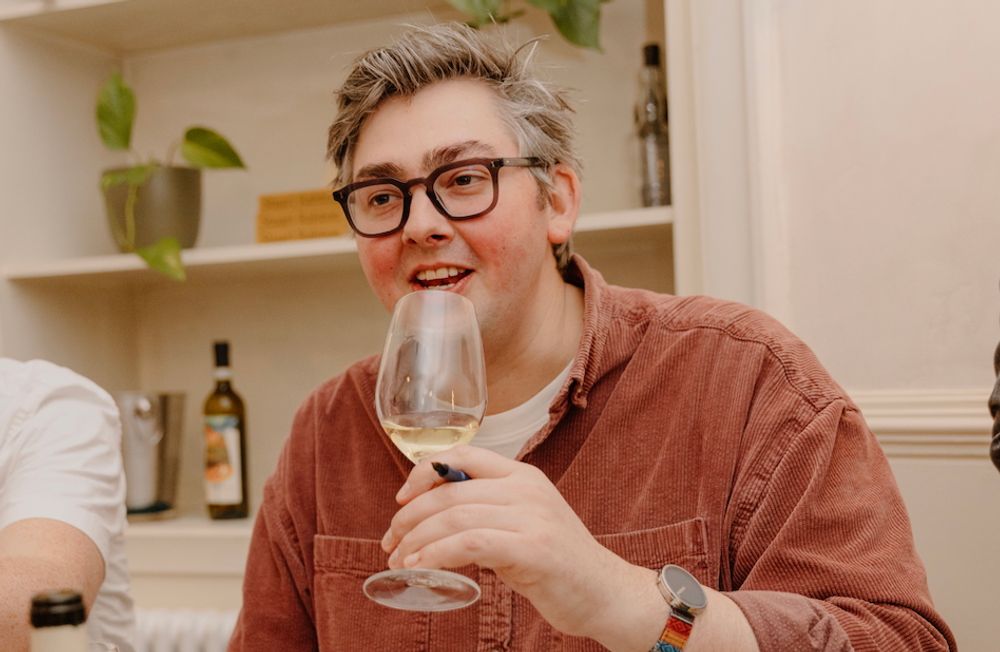
Steven Windsor of Element Wines
Steven Windsor: director at Element Wines.

Andras Laki of Smith & Gertrude
Andras Laki: shop manager, Smith & Gertrude.

Edward Almond
Edward Almond: area sales manager, Terroir Wines.
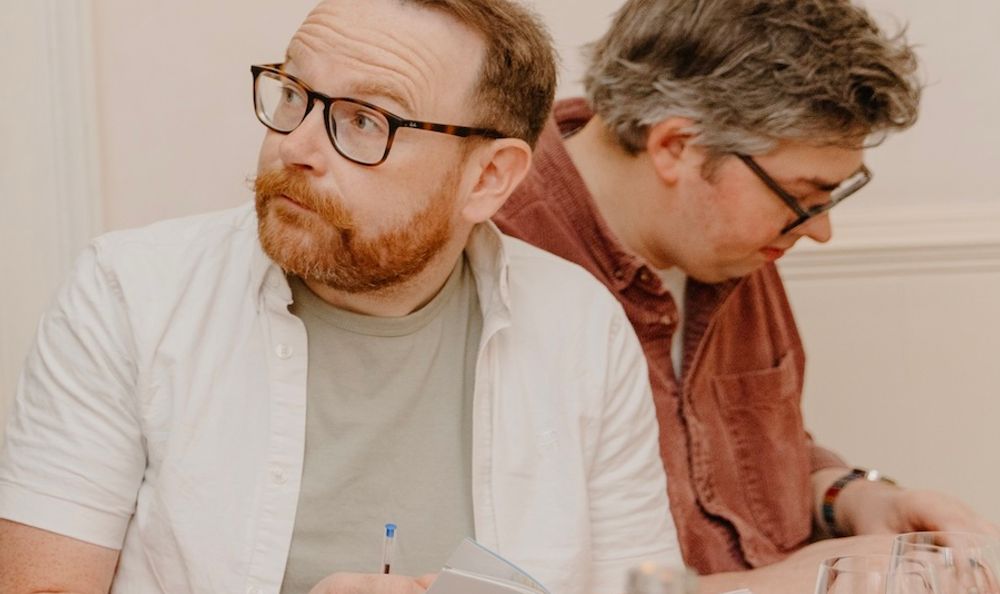
Leading sommelier Stuart Skea
Stuart Skea: group head sommelier, Tipo, Lyla, Aizle.

Wine consultant Isabel Salamon
Isobel Salamon: director, Slonk.

Tom Lewis from Monachyle Mhor Hotel.
Tom Lewis: owner, Monachyle Mhor Hotel.

Alliance Wine's Andrew Rutherford
Andrew Rutherford: area sales manager, Alliance Wine.

Miguel Crunia
Miguel Crunia: director, Ffion.

Good People Wine Group's Graeme Sutherland
Graeme Sutherland: founder, Good Brothers Wine Group.

Manum Marrum-McBride: restaurant manager, Barry Fish
Manum Marrum-McBride: restaurant manager, Barry Fish.
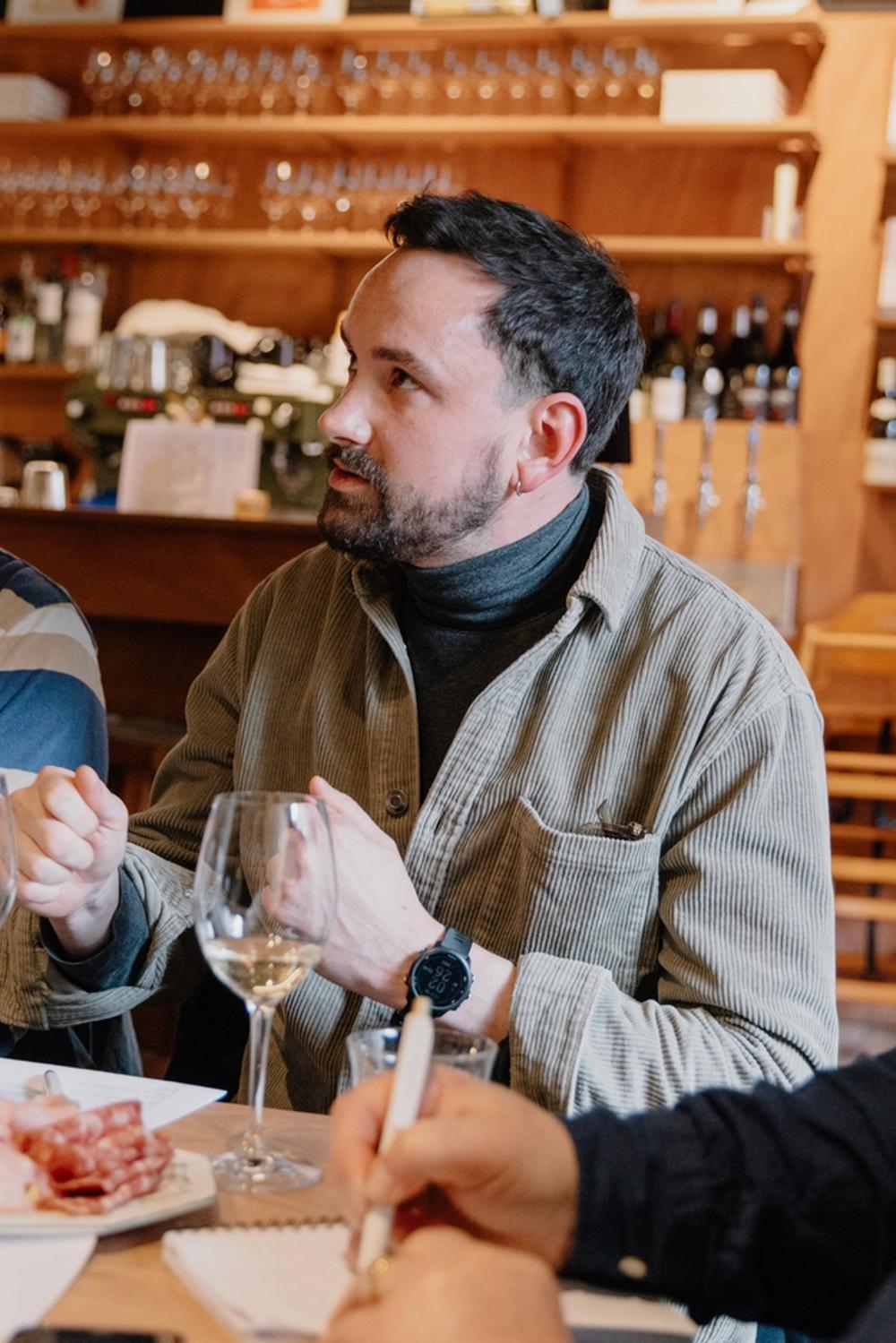
J
Jamie Dawson: wine and spirits buyer, Cork and Cask.
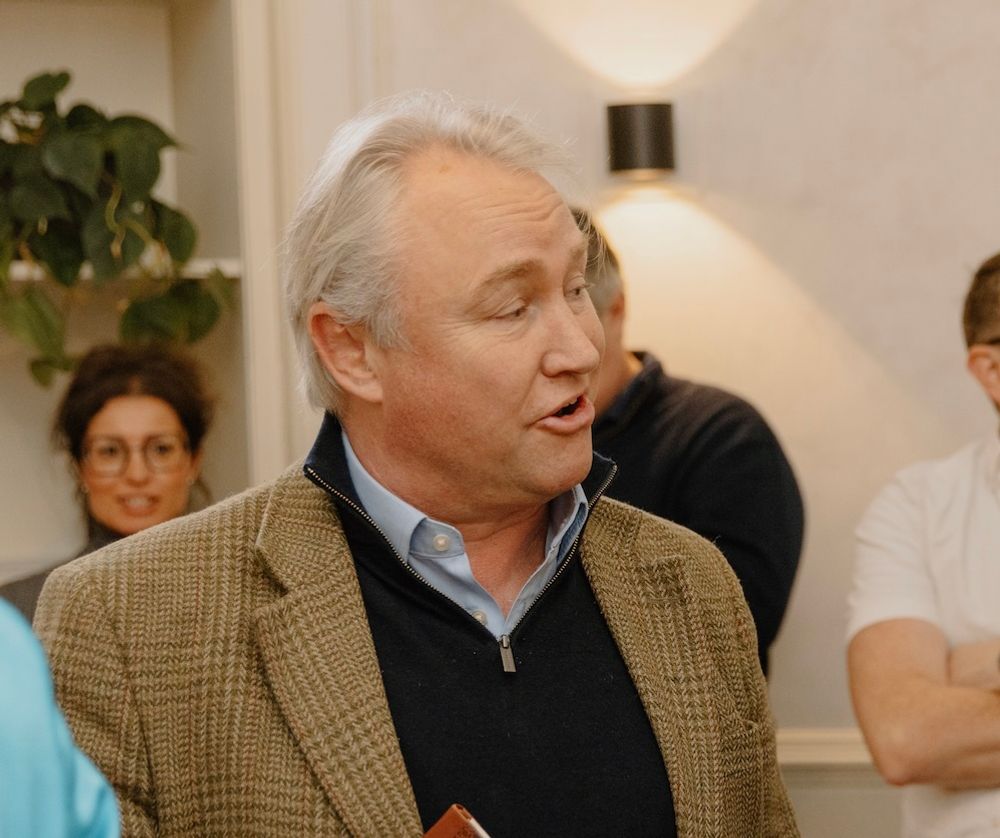
Chris Hodgson: sales director, Corney & Barrow Scotland.
The Restaurants
Based on the experiences in London and Manchester the Consorzio was keen to show buyers another wide selection of restaurants, but also how Gavi wines can perform against challenging and more left field ingredients and dish combinations. The restaurants selected to take part were:
Tipo
110 Hanover St, EH2 1DR.
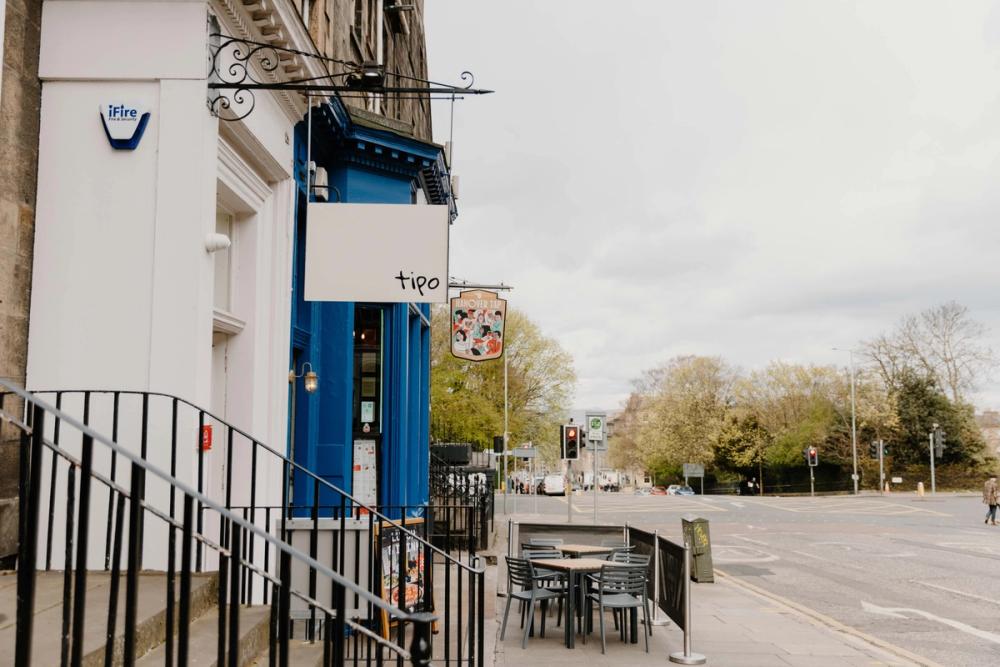
Part of the one of the leading restaurant groups in Edinburgh that also includes Aizle, Noto and Michelin-starred Lyla. It combines Italian cuisine with local and artisan Scottish produce to produce eclectic small and large plates to share.
Ardfern
www.ardfern.uk
10-12 Bonnington Road, EH6 5JD.
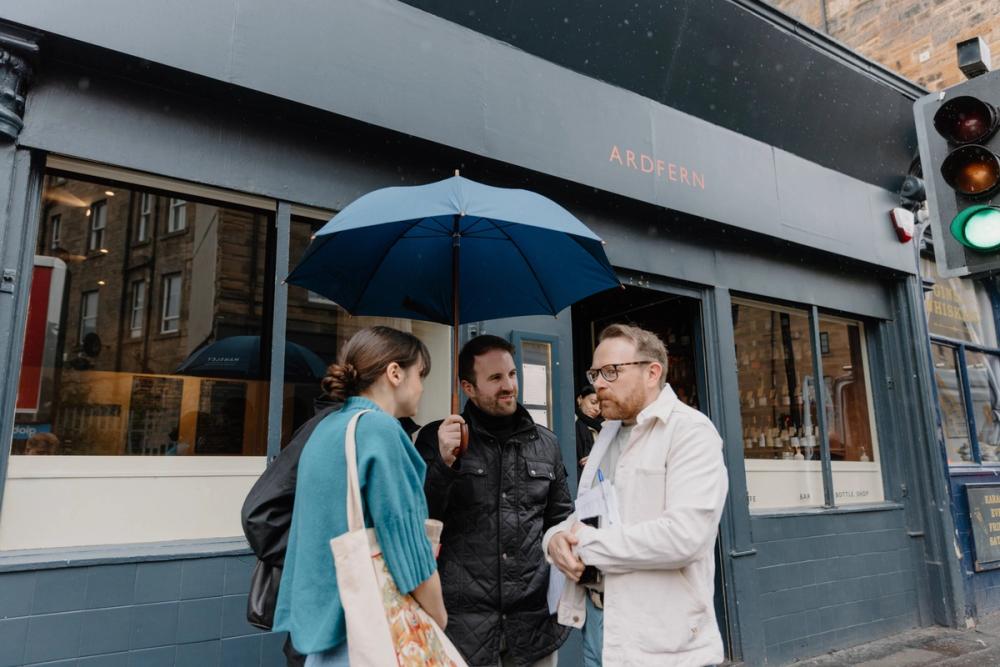
Ardfern is the third venue from chef Roberta Hall-McCarron and the team behind The Little Chartroom and Eleanore in Edinburgh. Small and sharing plates that combine truly imaginative combinations of local ingredients and creative twists on the familiar all designed to be paired with the wines from the venue’s own bottle shop.
Gaucho
www.gauchorestaurants.com/restaurants/edinburgh
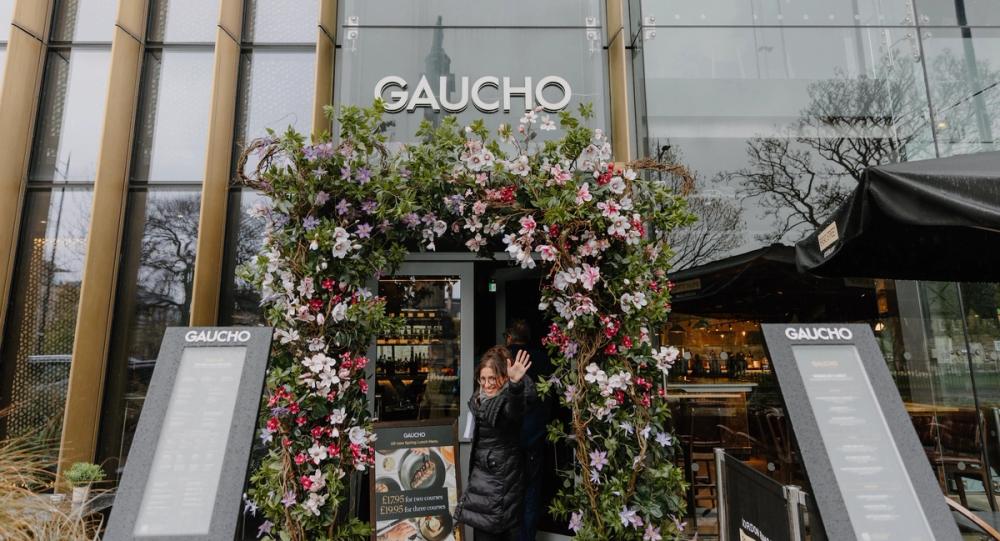
Elevated Argentine cuisine that now offers far more than the best steaks and an increasingly diverse choice of shellfish, fish and vegetarian dishes that have Argentina and South American influences running through their DNA.
An introduction
Sara Repetto, ambassador for Gavi wines, was able to give a detailed and personal appreciation of what the Gavi wine region can offer and why there is so much more to the region than the headline figures and the fact all its wines are made 100% from the Cortese grape variety.
For such a well-known and established area it might be a surprise to some that the Consorzio was only officially formed in 1993 in order to “promote, enhance and protect the Gavi DOCG in Italy and around the world”. A body that now has 190 members across the 11 separate municipalities producing Gavi DOCG wines - situated in the south-eastern part of Piedmont,30km from the sea.

The Gavi wine region is influenced by its proximity to the sea
It is that proximity to the sea, combined with the Apennines mountains that gives Gavi DOCG its flavour characteristics greatly influenced by the transitional continental climate with long, hard winters, followed by hot, sunny summers that help bring the grapes to optical ripeness. Helped further by a coastal ‘marin’ wind that brings out the fresh, delicate flavours in the wines.
The key distinguishing difference between the municipalities, stresses Repetto, are its soils which can be split between the red clays and red soils to be found in the warmer northern part of the region, which are rich in iron and help give the wines body and structure.
Then there is the central strip which is largely made up of white clays and white soils that come from layers of marl and sandstone and produce soils that are a mix of clays, sands and pebbles. This is where you find Gavi wines with more “balance between structure and flavour,” says Repetto.
The final growing area, known as the southern belt, is more sparsely planted and has altitudes up to 1,000m with soils that have endured years of heat and pressure.
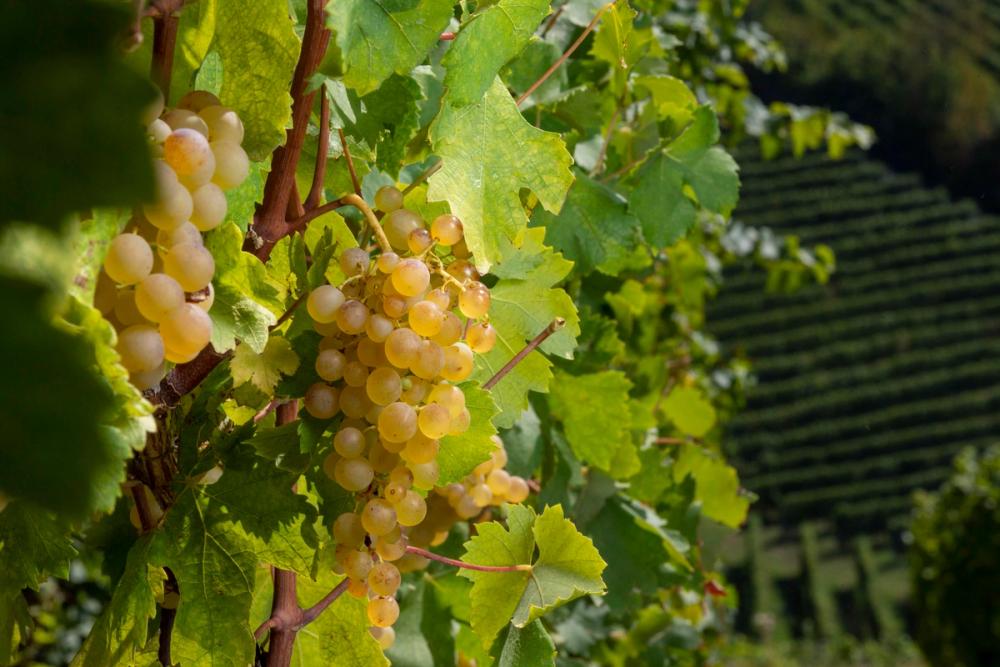
The diffferent styles of Gavi wines being produced breaks down as:
- Still (tranquillo): accounts for 99% of production with minimum alcohol content of 10.5% ABV.
- Spumante: produced to Metodo Classico method with second fermentation on the lees in the bottle. Contact with lees must be at least nine months. Minimum 10.5% ABV.
- Frizzante: Only being made by a handful of producers and has minimum 10.5% ABV.
- Riserva: Only released to the market after a least a year and must spend six months in bottle. Minimum alcohol is 11% ABV.
Initial impressions
Tom Lewis says he was delighted to have the opportunity to really get to grips with Gavi and what it means for his customers at Monachyle Mhor hotel.
“Everyday is a learning day,” he adds.
Phil Provart says it was nice to be able to take part in such a “fun event” as well the chance to better understand what Gavi might be able to offer.
“There is some stylistic variety which is interesting to see. I have never had a Gavi wine that I would not drink. It certainly has flavour, whereas there are some Italian white wines that are over cropped. There are a lot of mediocre Pinot Grigios and Soaves out there,” he says.

Being based in Edinburgh many of the buyers knew each other well

His perception of Gavi before the event was a region that is best known for its value, but he was not sure if it “over delivers” when it comes to quality and value.“You are selling to the consumer its quality and its consistency. It’s solid and reliable and in terms of Italian white wines that is saying something.”
Stuart Skea says it is always interesting to get to know an area you think you know well a little more, particularly the number of the different styles of wines that were available to taste through the day. It was particularly interesting for Skea as he heads up the wine and the list at Tipo, the first restaurant on the tour.
He likens it to a “spring” wine that can easily find its place on a wine list. “It’s good and fruity and richness of flavour and you can taste your value for money. It’s also very versatile.”
He says he has always had a “positive impression” of Gavi as it offers “wines of real complexity, freshness and purity, that have the potential to be Italy's answer to Albarino”. He adds: “It is very relevant to our businesses - I have been a sommelier since 2008 and Gavi has been an ever present across a variety of venues and lists that I have worked at.”|
Miguel Cunia adds: “I have worked with Gavi wines during my whole career as one of my first sommelier jobs was at an Italian enoteca. There I realised the meaning of the equation quality/price/pleasure was perfectly delivered by Gavi wines when recommended to our customers. Since then I have always included a Gavi within my options 'by the glass' as, also being so well known, it's one of those wines that sells on its own too.”
Safe and secure

Sara Repetto helps to bring the region to life in her role as ambassador for Gavi
Consumers want confidence when they are ordering wine and Gavi is a safe choice, but also a good choice,” says Graeme Sutherland at Good Brothers.
It was a point picked up by many on the panel, who were also keen to stress the fact it is so approachable should not be underestimated as there are so many wine styles and regions that struggle to cut through to even half the degree that Gavi does.
Jamie Dawson at Cork and Cask says: “I found the range of Gavi wines on show incredibly helpful to gain some valuable perspective on the region’s wines. A very diverse and impressive range. I hadn't appreciated how many different styles of Gavi were being made, and although they all had a clear style and sense of place, there were notable differences between wines made from different locations within the region and from different winemakers approaches.”
Chris Hodgson at Corney & Barrow says the fact it is so recognisable does half the importer and sales person’s job for them. “It is easy to understand. It’s a single variety full of freshness and lightness of touch. If you are looking for elegance, it has that too.”
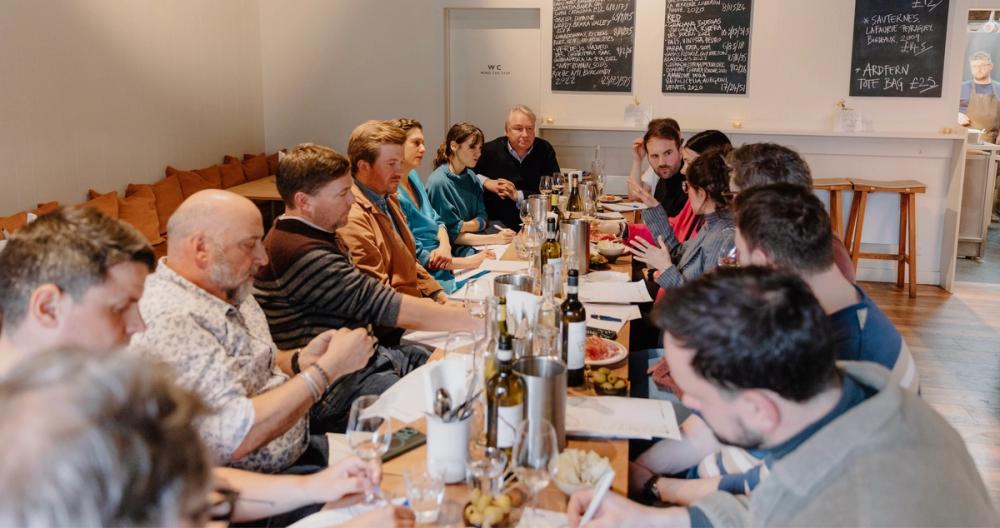
The group at Ardfern
Edward Almond at Woodwinters agrees: “Stylistically people know what they are going to get.”
Isobel Salamon adds: “It’s a style of wine that no-one is scared of. It is very accessible.”
She says professionally she has not done as much with Gavi as she had with other Italian white wines but "given the intriguing points raised during the session - like the differences the Cortese grape exhibits on red soil and white soils - this will change”.
Steven Windsor at Element Wines says he likens Gavi to Muscadet which has similar accessible characteristics. But with one big difference. More people are comfortable with Gavi than they are with Muscadet and it is why he has recently returned from a buying trip to the region. “It is something we want to increase in our range,” he says.
“Gavi seems to be handing the rising temperatures which is a big plus,” he says. “There is a focus on quality terroir in the bottle rather than any vessel influence. We could possibly explore amphora winemakers more, but the price to quality ratio hasn’t been there for me yet. For me it is all about hands off, healthy farming and good terroir.”
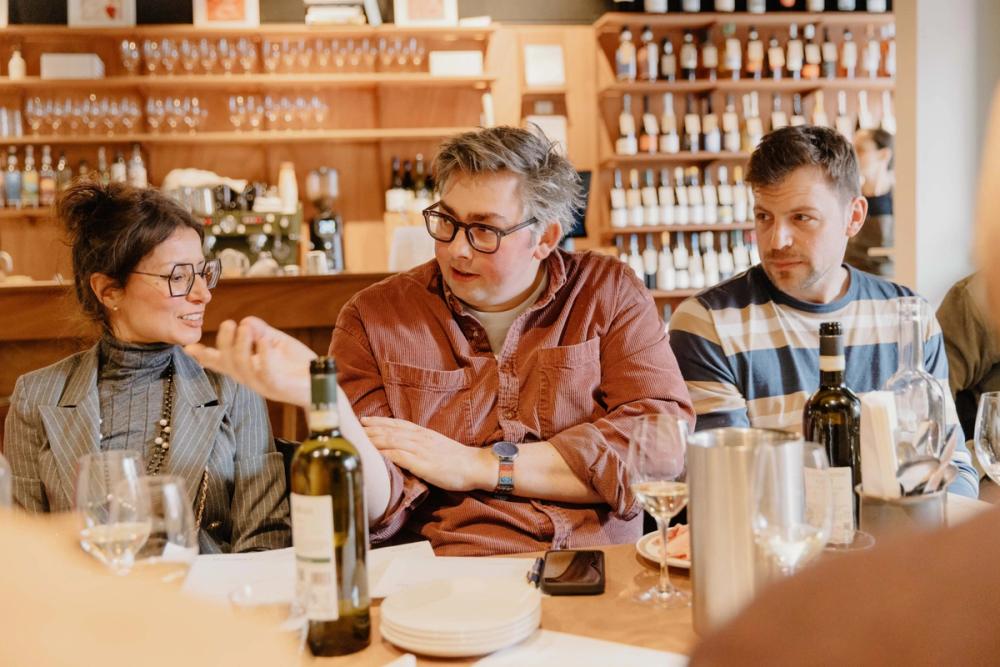
Steven Windsor of Element Wines had recently visited Gavi on a buyer's trip
Andras Laki at Smith & Gertrudę says Gavi is also similar to how Soave wines are perceived by many of its customers. “It is also solid, consistent and approachable.”
“The brand recognition is very helpful in a retail environment,” adds Dawson who found the event “really helpful for our business as it highlighted the need to have more than one listing available, particularly around promoting the different soil types and styles there are from the different viticulture and vinification practices being used”.
He adds: “We have one in our range at the moment, but would like to add another so that we have a different tier. So perhaps a £17 Gavi and one at £22-23. “
The fact it offers such good value for money is an added bonus, stresses Hodgson, particularly when buyers and consumers are looking to find ways to offer good wines at fair prices. “You get lots of value for your buck,” he adds.
Crunia says we should not overlook the fact that Gavi has different layers to understand too. It may not have the complexity of say a Burgundy, but once you get past the classic styles you can also delve into the differences to be found between the wines that come from white soil vineyards and those that come from red soils.
“If you are looking for differentiation it is there,” he says.
It was a theme the panel returned to time and again during the day.
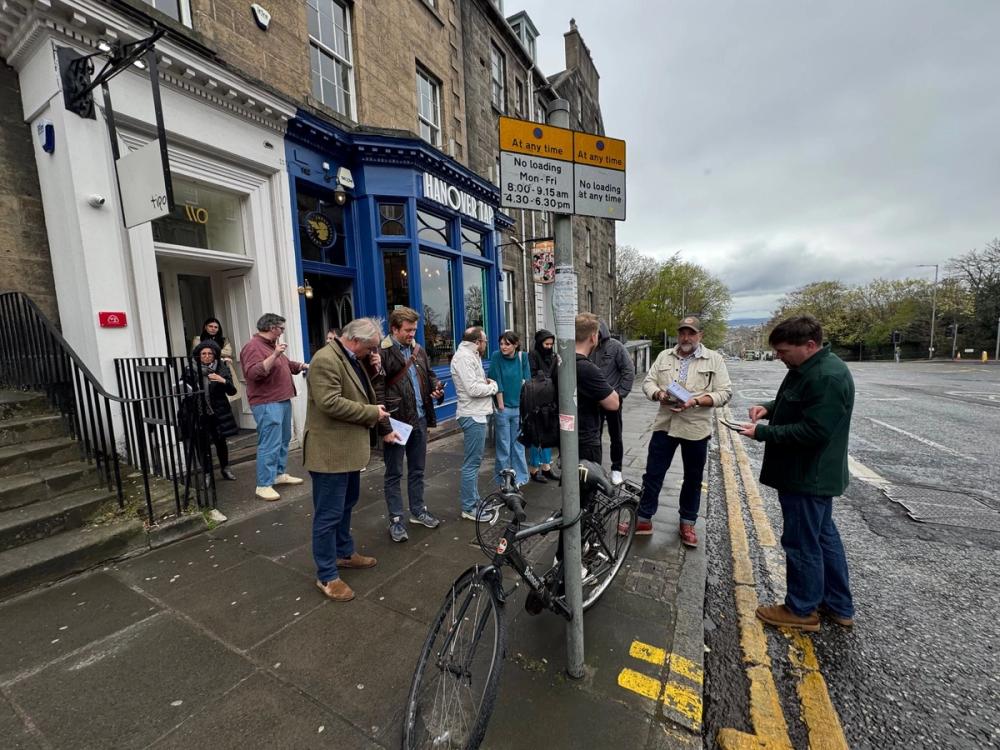
Who has got an Uber? The group leaving Tipo on their way to Ardfern
Different layers
Sutherland says it is important to appreciate there “are huge differences within Gavi itself’. From the entry level, gateway to the category, up through the gears to more textured and layered styles.
“There is a risk, though, of it being seeing as one Gavi style. We need to see more tastings, more samplings and more engagement in the trade like this.”
It’s why as a region it is potentially at a disadvantage to more “sexier” areas such as Sicily and Etna where there is “so much more written about it”. “It is seen as a cool region to be sourcing wine from. People understand that and the expectancy level goes up,” stresses Sutherland.
Dawson agrees its is an issue when it comes to perception with consumers and some in the trade. “Other regions have more discussions going on about them,” he says.
Skea says the tastings and the tour opened up a “new found appreciation for the diversity of terroir, exposition and elevantion” there is across the region’s 1,600 hectares.
“There was a marked difference between the wines grown on terre rosse, iron rich alluvial clays in the north of the appellation - showing more power and richness of texture than the calcareousterre bianche wines tending towards leaner almost austere wines, whilst both still display minerality and purity,” he adds.

Stuart Skea and Steven Windsor

Tom Lewis and Edward Almond
Skea says he was particularly impressed by the “Chablis like quality of La Ghibellina Mainin, and the beautiful purity of Giordano Lombardo that come from terre bianche white marls.
“Perhaps unsurprisingly these winemakers farm organically and it is good to hear that chemical spraying is being used less in the region and there is more use of indigenous yeasts. I was also impressed by the contrasting styles of La Giustiniana Lugarara and the influence of the pliocene grey marl and sand. It was open, tightly knit and enticing. I also liked the generosity of Il Poggio Rovereto, which is converting to organic, made on deep red clay and gravel soils.”
The region’s proximity to the sea and the influence of the sea breezes and winds that come through the valley are all factors the buyers would like to see promoted and talked about more by Gavi and its producers.
"It's the combination of extraordinary soil and microclimate that imparts that characteristic salty note to the wines," says Repetto.
Dawson says there is real potential to “highlight the red and white soil differences and the impact they have on the wines from those vineyards”.
He would also like to see “something more akin to a premier cru Burgundy vs Village, more single vineyard expressions to highlight the different terroir within the region and more organic viticulture”.
Aged Gavis
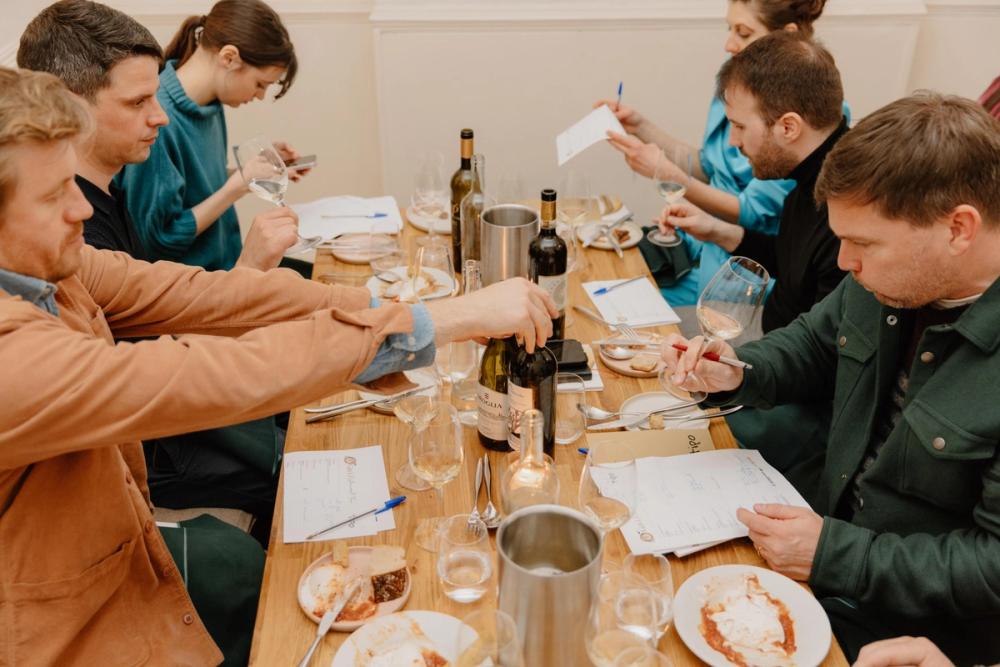
One area it could promote more is the potential for aged Gavi and for selling back vintages that are more than one or two years old which is the norm.
Repetto says more producers are looking to hold back some of their production in order to have more aged Gavi. It is why we are seeing more amphoras and different ageing vessels being used in the cellars. But it is a gradual process and hard when so much of Gavi’s production can be sold vintage to vintage.
“But it is the right time to start promoting Italian wines with ageing and to showcase the potential that Gavi has,” she says and to show the difference between one, two, three, five and even 10 years of ageing. “The market is ready to see these wines now. We are being asked more to see older vintages.”
It’s also a way to showcase the distinct styles of Gavi from white and red soils, and how they evolve with some ageing—particularly in how the floral notes become more expressive, alongside a fruitier and more complex character, says Repetto
“Gavi is a great wine to drink now, but also in 10 years time too,” she adds. “But the majority of wine from the region is drunk within two to threeyears.”
Salamon says she was “impressed by the aging potential of the wines”. She explains: “I had typically considered Gavi as a wine to experience young, but learning about its tendency to develop Riesling-like petrol flavours when grown on white soils, or increased Chablis-like minerality with age from red soils. I am keen to explore more vintage comparisons. I would value taking part in a vertical, to explore the ageing potential first hand.”
The Restaurant Tour allows buyers to taste and see how a range of styles of Gavi perform in different trading environments.
Simplicity of message
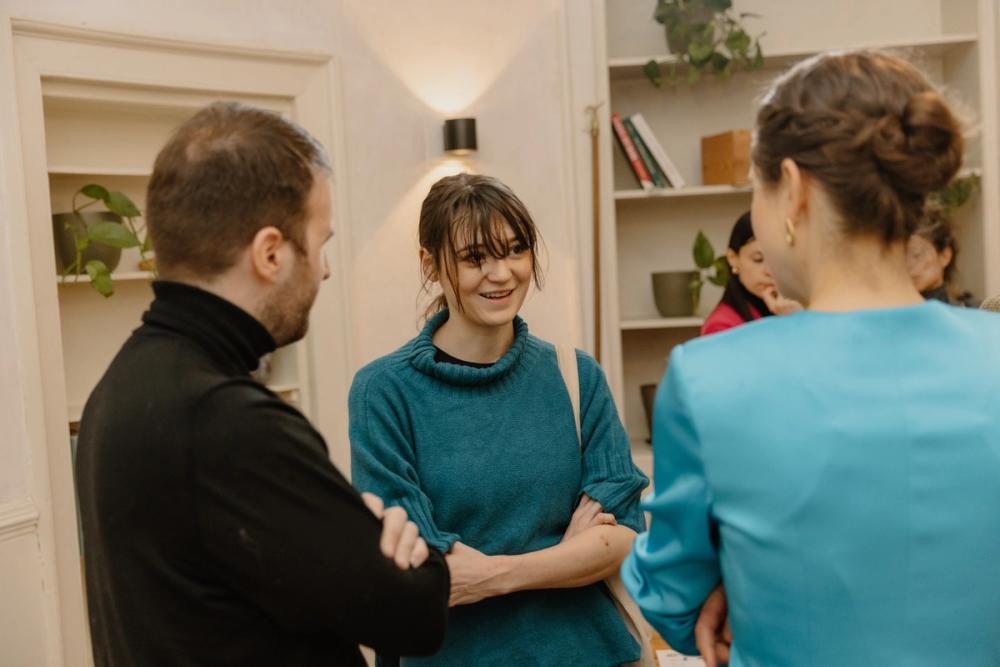
Manum Marrum-McBride with Miguel Crunia and Isobel Salamon
It is often a criticism of the wine industry that it looks to over complicate wine and make it intimidating for consumers to understand. Which is arguably why the likes of Prosecco, Provence rosé, Pinot Grigio and Gavi have been so successful. They are easy to understand and the consumer knows what it is going to get.
So whilst there might be a temptation to add further layers of complexity to Gavi DOCG it might not be the right way to go.
Almond explains why: “Having too much information out there can be a problem. People know what they are getting when they order a Gavi del Comune di Gavi.”
For example, the fact there are 11 separate municipalities that make Gavi, do we really need to know what they are and what differences they make to the wine?
Almond argues there are two main influences on the style of Gavi - the producer and the soils. Not the municipality.
Salamon agrees: “It is not the village that is making the difference.”
Tom Lewis believes people in the trade have built up a connection with the region of Gavi and they want to promote that and its particular style of Italian white wine.

It is the job of people like himself to then go on and explain how well the wines can then go with seafood or certain kind of vegetables cooked in a particular way. “We can then make the choice of the wine we want to drink.”
Repetto, for example, explains that the appellation allows producers to indicate the municipality of production on the label, in order to more precisely geolocate the origin of the wine.
Skea though believes there is a real opportunity for Gavi to push the fact it is “an indigenous grape with a strong identity”. He explains: “Gavi needs to push more its different terroirs and stylistic expressions. It is something truly unique - mineral, pure and vibrant, and far more characterful then the likes of Picpoul. It needs to be framed in the lens of Chablis and Albarino.”
In summary
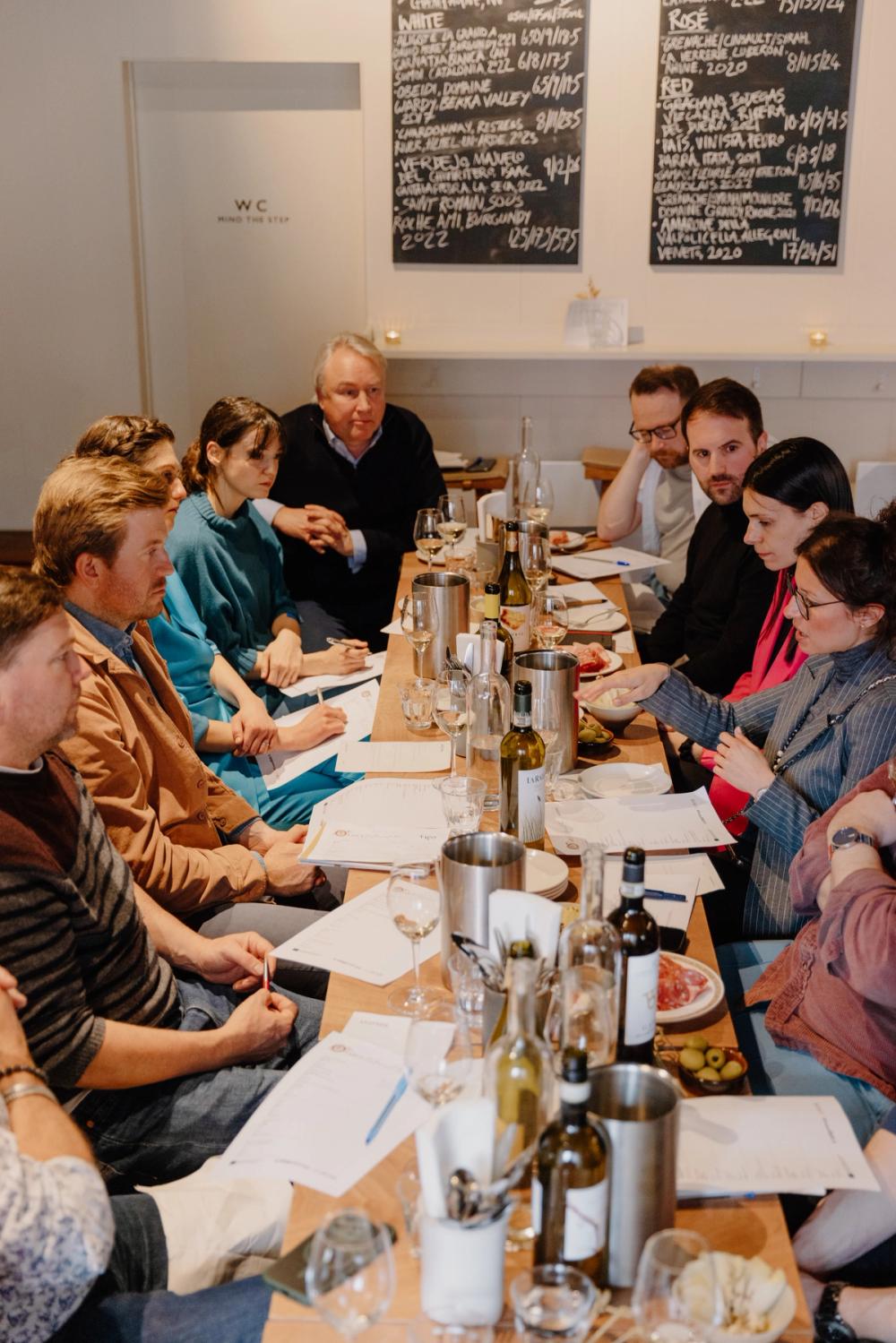
The group at Ardfern
The event certainly succeeded in opening up the region to the buyers and left them with the desire to find out more and explore what other Gavi wines they could list.
Provart notes that perceptions of Gavi can vary significantly depending on one’s role in the trade. “If I were working in an Italian restaurant, Gavi would absolutely be on the list,” he says. However, from a sommelier’s perspective, he feels that value for money can sometimes be a concern when compared to other wines with a similar profile.
That said, he acknowledges Gavi’s consistent quality: “From my experience tasting Gavi and Gavi del Comune di Gavi, the wines are reliably good, occasionally very good—and always deliver a clean, precise expression of the style.”
He adds: “As a sommelier, I’m focused on margins and perceived value on the wine list, but a retailer might see things differently. In retail, where price mark-ups are less amplified, Gavi’s consistent quality can stand out—especially when compared to the variable quality sometimes found in wines like Sancerre Blanc.
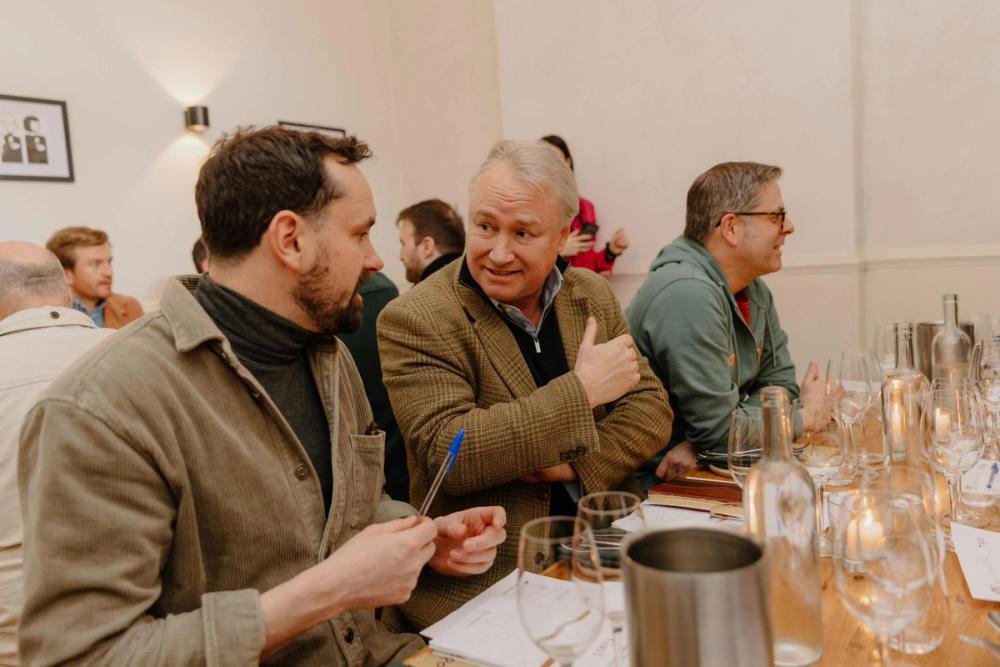
Jamie Dawson and Chris Hodgson comparing notes
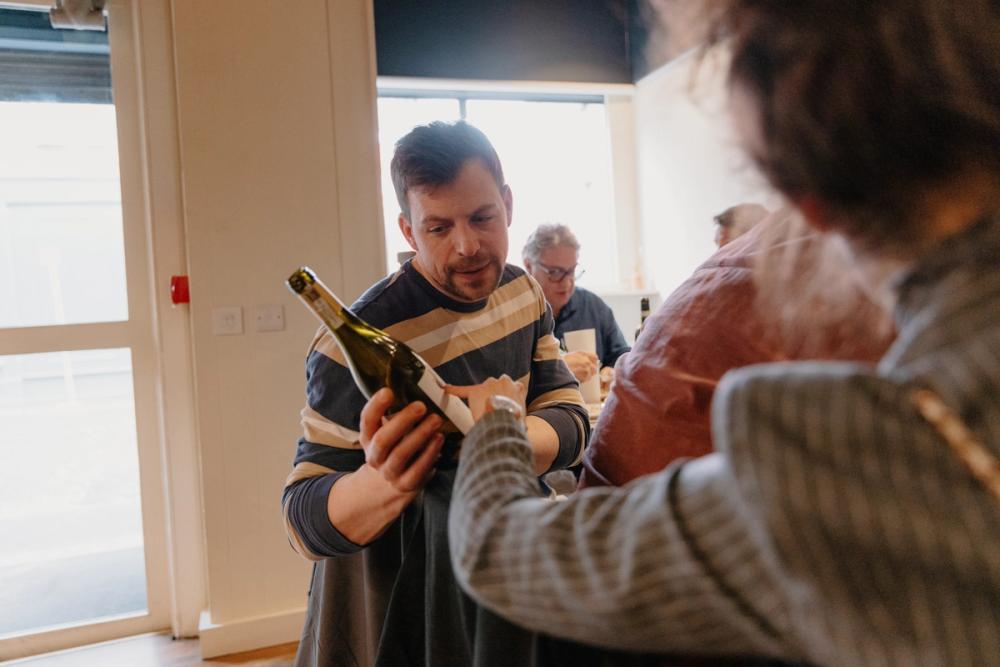
The tour was a chance for the buyers to network and share ideas
Skea believes the region should put “a greater focus on single vineyards and site specific wines” and could learn a trick or two from what is happening in Rias Baixas and the work of some of the top producers there. “It could be a good model to follow, helping the top producers to create and carve out their own niche,” he says. “We currently list Gavi del Commune di Gavi, but I am keen to list some single vineyard, higher end options.”
From a sommelier’s point of view it also works well with food and on the tour the Gavi wines made from red soils were a great match for the burrata. “The cured fish at Tipo was a standout. Gavi is also a great friend of asparagus - its hay and fellen pollen aromatics being a beautiful counterpoint. As someone pointed out, Gavi seems to be a little 'green' - not in any sense underripe, just encapsulating the essence of spring.”
Crunia says he “was happily surprised to see the Consorzio is putting effort into communicating Gavi wines, putting emphasis on the different soils, expositions, and different kinds of vinifications, highlighting that not all the Gavis are the same which allow us to take Gavi more seriously when talking about it to our guests”.
In terms of where he sees the future for Gavi Crunia adds: “First of all is its history and second I think it is already taking the right path when talking about soils and expositions. In times where top wines have increased so much in price, customers are looking for terroir-driven wines that could deliver in terms of price without feeling mass produced, and this tasting has proved that Gavi producers are keen to fill that gap. I would have liked to see more Riserva styles, or long lees aged ones (either in inox or barrels) as I think Cortese can have the potential to deliver incredibly complex and evolved wines.”
Crunia says he “would definitely be open to look for different options to showcase how versatile Cortese is depending where it grows or who's crafting wines with it”.
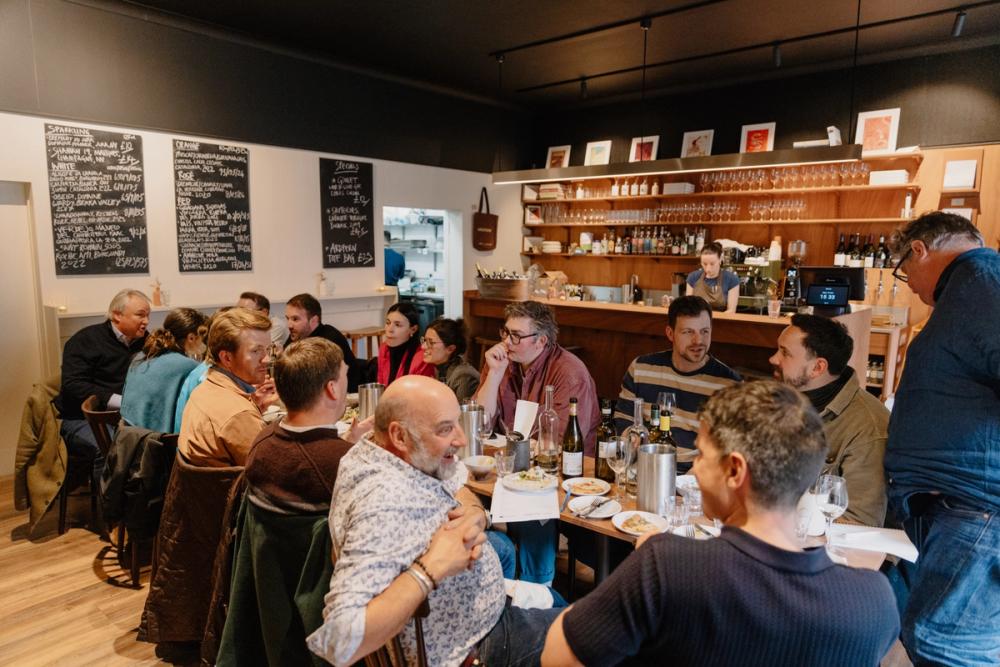
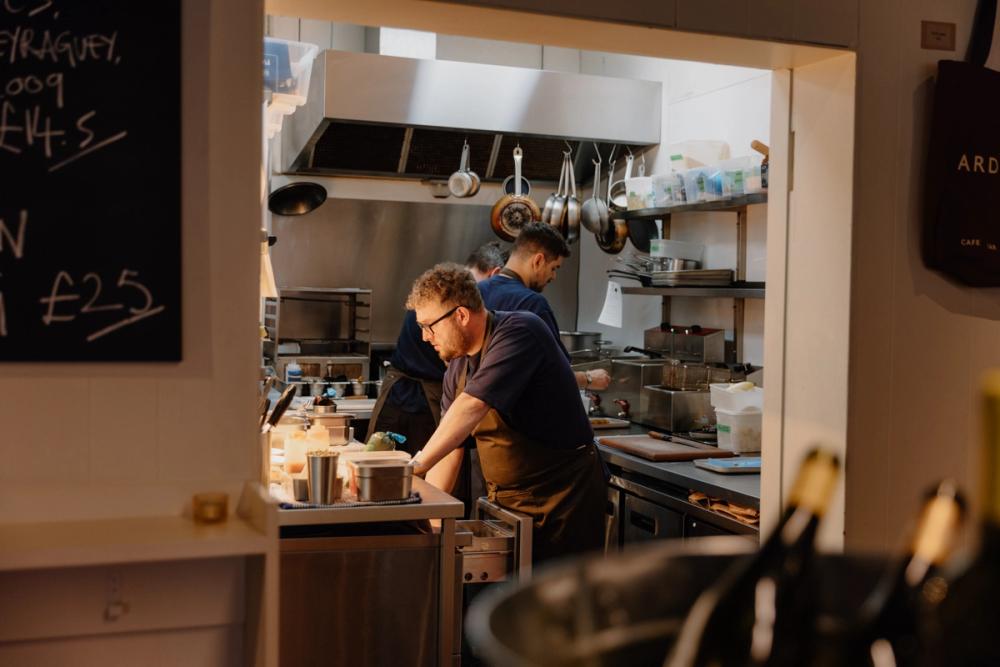
Dawson says he has already taken on one of the wines he tasted on the day at Cork and Cask: “I have listed the Giordano Lombardo San Martino Gavi DOCG 2023 from Indigo Wines as I particularly liked the richer style it has achieved with a light amount of skin contact. It also practices organic viticulture which is a focus for our range of wines. It will sit nicely beside the current listing of Produttori del Gavi Biologico Gavi del Comune di Gavi, a more classic style also featuring organic viticulture.”
Salamon says: “Gavi’s minerality, precision, and ability to balance freshness with texture stands out. The connection to place and the Cortese grape's expression of the local terroir is distinctive. I think Gavi should leverage its food-friendliness and versatility while emphasising its historic significance and authenticity in an increasingly crowded Italian white wine market. I would also love to see more emphasis on single-vineyard expressions.”
She adds: “For the UK market specifically, highlighting Gavi's food-pairing versatility beyond seafood would help broaden its appeal. Educational opportunities that showcase the differences between producers and sub-regions would be valuable for professionals and enthusiasts alike.”
“I am now speaking with the various Langhe Consorzio's to run a trade and also consumer ‘Great Whites of Piedmont’ activity later this year, and I will feature a few Gavi expressions. I've already chosen one of the Gavi's that I tasted on the day- 'La Bollina' - for an upcoming private client event.”
Best price points
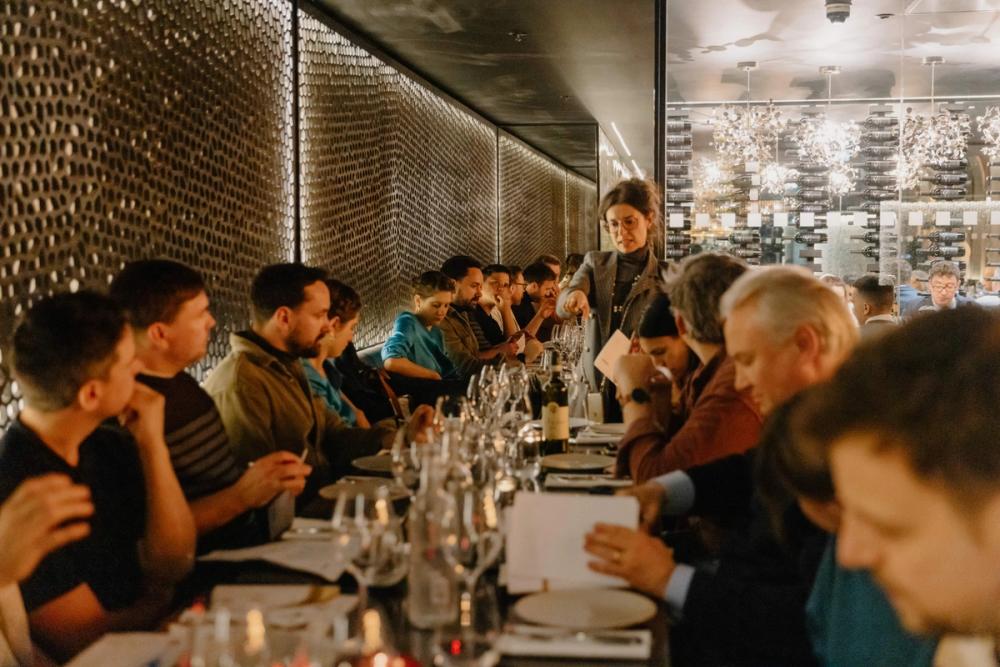
Sara Repetto introducing the wines at Gaucho
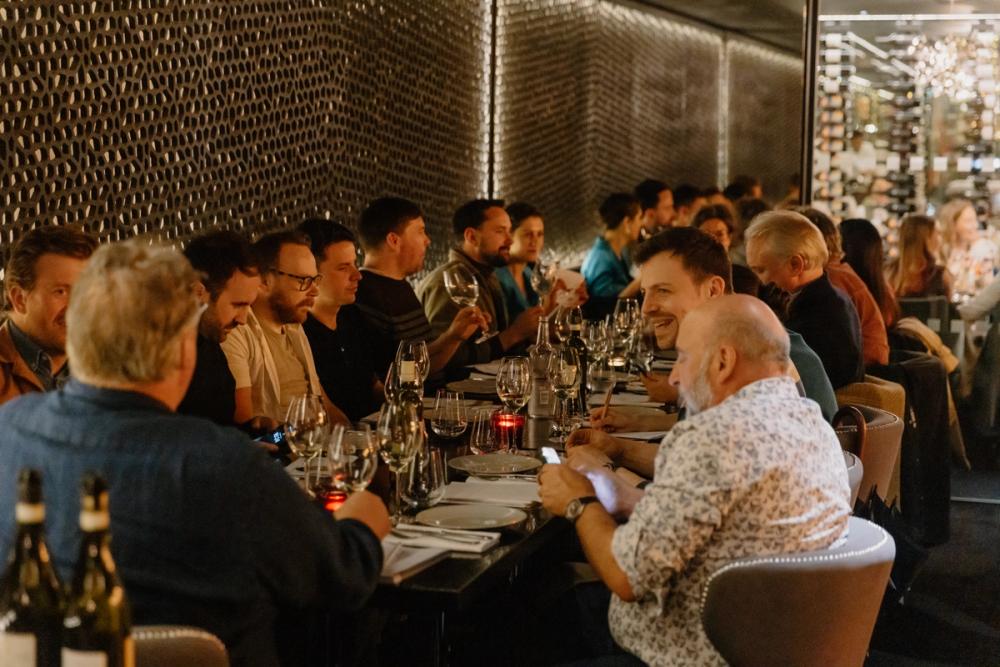
When it comes to price point Salamon believes “the sweet spot would be £35-45 on a restaurant list, with premium single-vineyard expressions possibly commanding £50-60” providing the restaurant team was able to explain why the “price tag is appropriate”. “At retail, £15-22 seems to represent good value while properly positioning Gavi as a quality option,” she adds.
From a trade price point of view Windsor at Element Wines sees €4.5 to €6 is where most buyers would be looking.
Skea sees the best price for Gavi at around £35-£65 in the on-trade. “Gavi can fill a good spot as an 'entry level' wine that over delivers, and people are happy to pay more for more recognisable producers and higher quality,” he explains.
Crunia says Gavi has always been a style of wine “that helped us fill those gaps from £30 to £40 wines on our lists that deliver great quality at that lower spectrum of price”. He adds: “However, after seeing the effort on showcasing terroir I would comfortably lead customers into buying references that would sit at £50 to £60 in a list”.
On tour
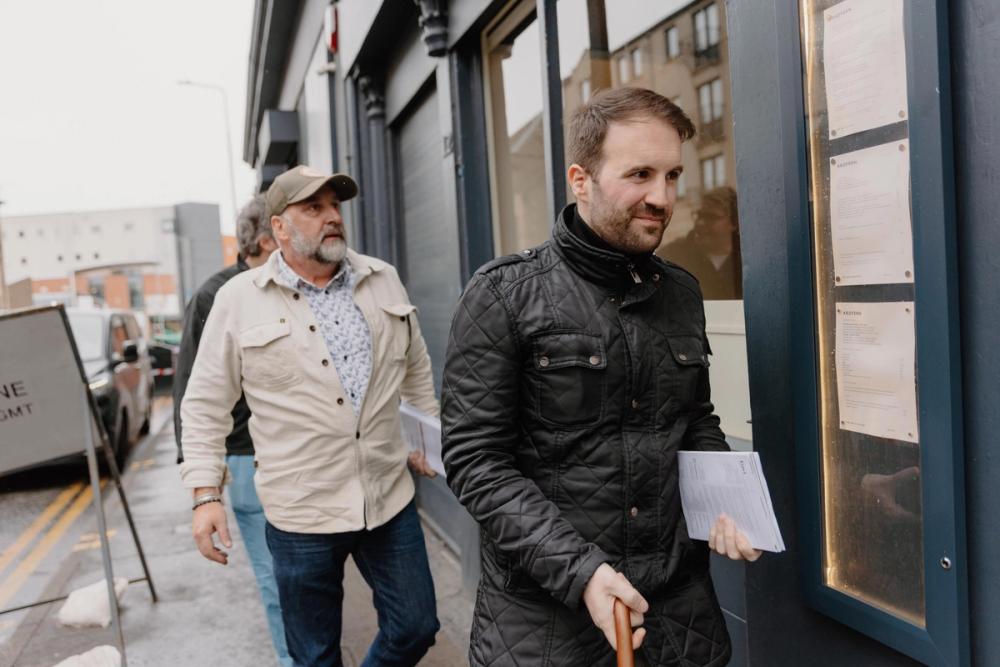
The chance to visit three restaurants and try food and wine in each one was a big success for the buyers

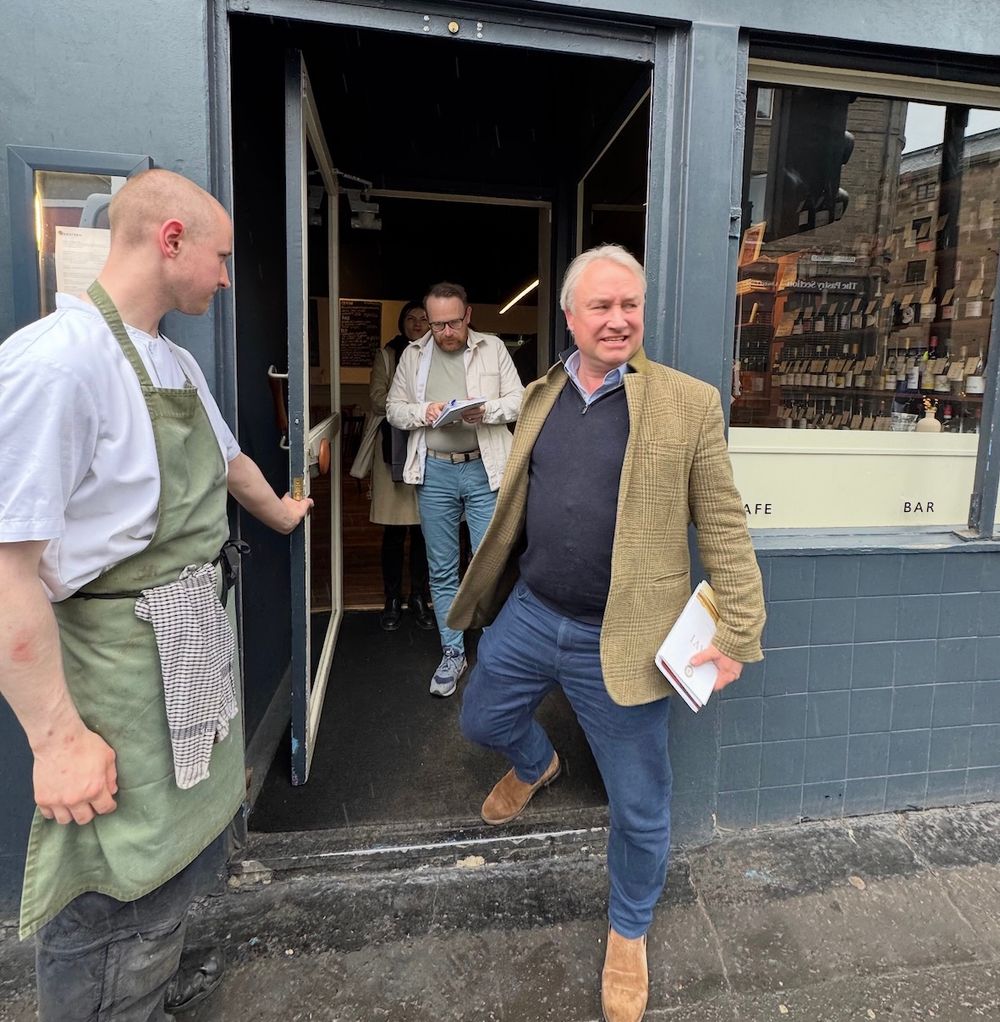
The panel welcomed the opportunity to go on the tour and discover so much more about Gavi by going to the three different restaurants.
Dawson says: “It was excellent, such a pleasure to pair a variety of dishes and to experience each restaurants food options. I found the travel between to be a fun way to get to know the other attendees a little more and to debrief and discuss the restaurant experience and our favourite wines. A little less 'on the spot' and relaxed a way to chat, before the next restaurant and set of wines.”
Salamon adds: “The wine walk was a great concept that allowed us to experience different settings. It was great to try the Gavi alongside varied food. Perhaps we could have had the chance to try all the wines we tasted again at the end so we could revisit and compare expressions tried earlier in the day. I think there's huge potential for Gavi's reputation to be increased in Scotland, and I appreciate the opportunity to learn more about these wines.”
Windsor says he liked the way the tour was “very good for ice breaking and networking”. “It’s a good idea and kept everyone engaged with plenty of tasting opportunities.”
Crunia says: “I loved it. I think it is a fun 'game' that helps sommeliers broaden our minds when thinking on pairings by exposing us to all sorts of food.”
The final word goes to Skea who summed up the day: “An excellent concept, well executed and a lot of fun.”
Wines and food tasted per restaurant
Tipo
Food dishes
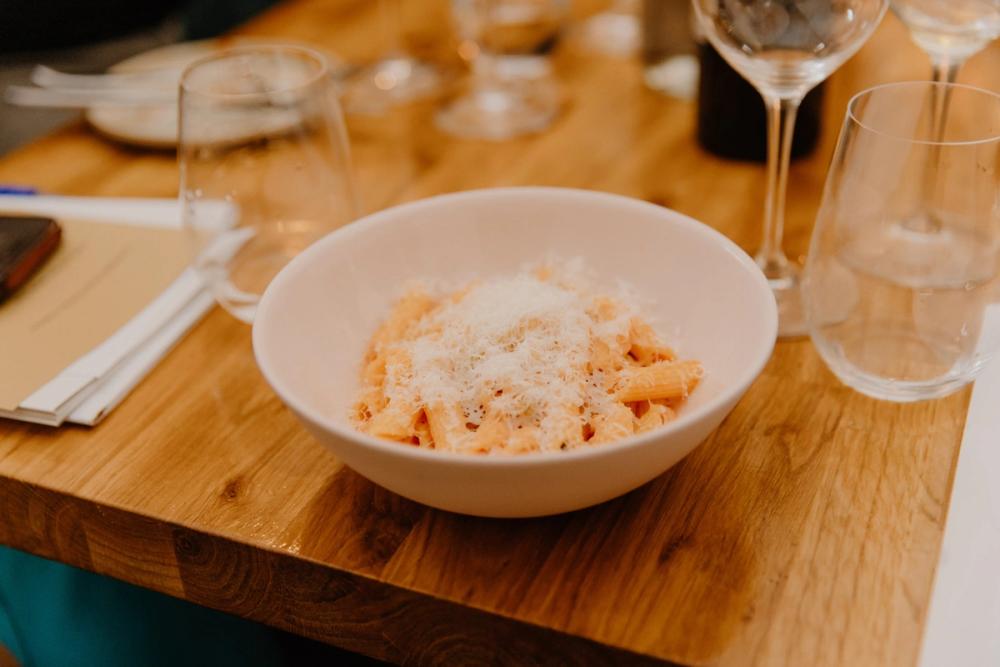
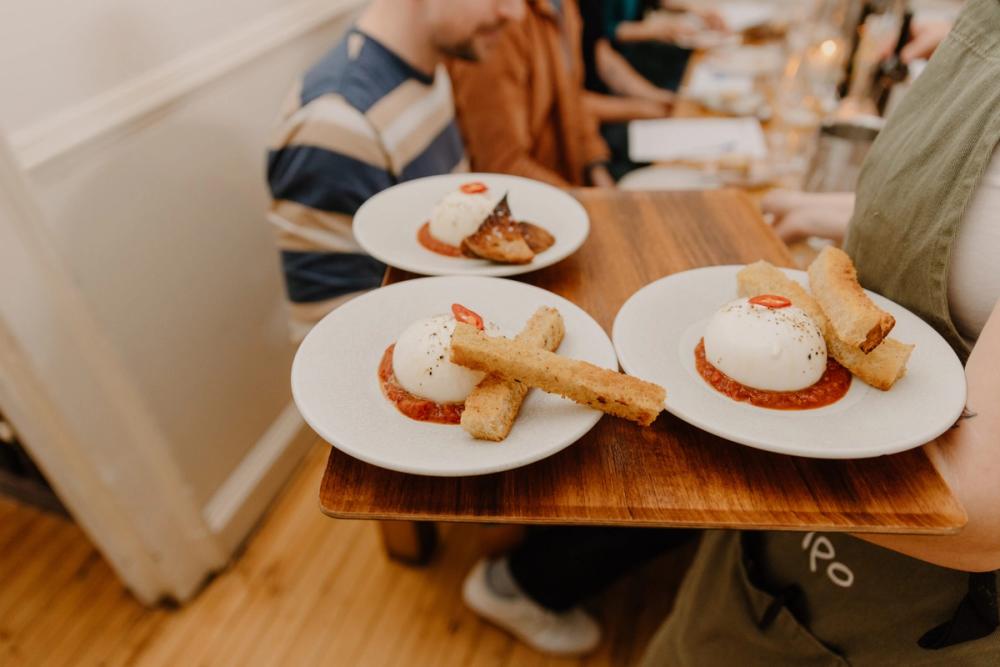
Sourdough potato focaccia.
Marsh pig farm salumi plate.
Burrata, chilli, focaccia.
Trout, watercress.
Pappardelle, crab, chilli.
Paccheri, puttanesca.
Ricotta gnudi, pumpkin, sage.
Whole fried bream, kohlrabi.
Wines at Tipo
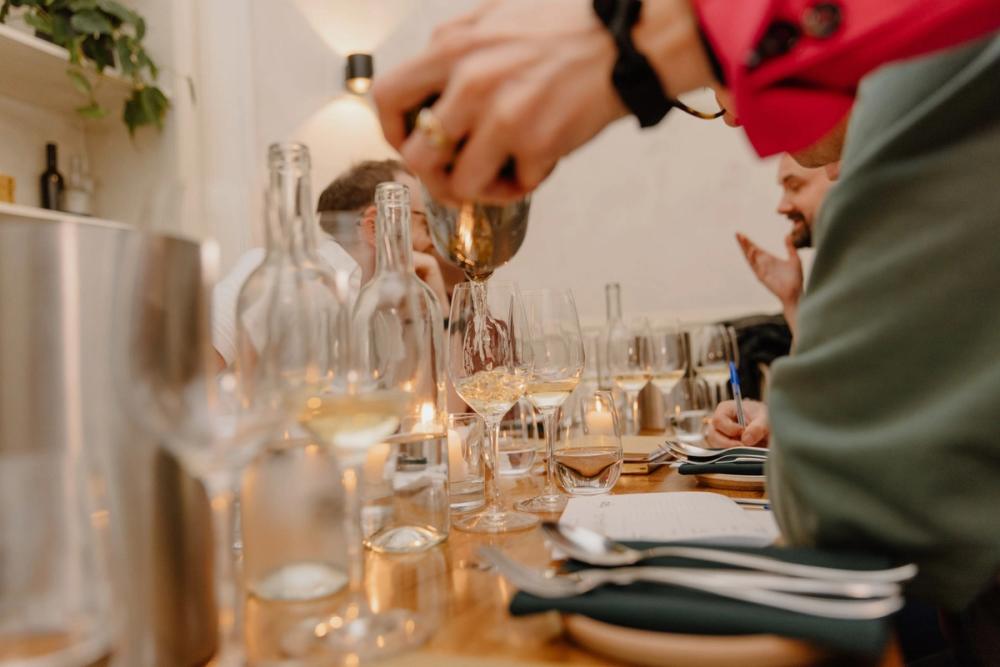
The wines tasted at Tipo
ALVIO PESTARINOA GIROSSA GAVI DOCG 2023
Soil: Red soil.
Importer: Looking for one.
BERGAGLIO CINZIA LA FORNACE GAVI DOCG 2023
Soil: Mixed soil.
Importer: Smith and Gertrude.
BROGLIA LA MEIRANA, GAVI DOCG DEL COMUNE DI GAVI 2023
Soil: White soil.
Importer: Berkmanns.
CASCINA DELLE MONACHE RONCO DEL MANDORLO GAVI DOCG DEL COMUNE DI GAVI 2023
Soil: White soil.
Importer: Oxford Wine Company.
CASTELLO DI TASSAROLO ALBORINA GAVI DOCG DEL COMUNE DI TASSAROLO 2023
Soil: Mixed.
Importer: Woodwinters.
IL POGGIO, BLACK LABEL GAVI DOCG DEL COMUNE DI GAVI ROVERETO 2023
Soil: Red soil.
Importer: Amathus Wines.
LA GHIBELLINA MAINìN GAVI DOCG DEL COMUNE DI GAVI 2023
Soil: Mixed.
Importer: Wineifly.
MARCHESE LUCA SPINOLA CARLO GAVI DOCG DEL COMUNE DI GAVI 2023
Soil: Mixed.
Importer: Gardabani Holding.
ROBERTO SAROTTO BRIC SASSI GAVI DOCG DEL COMUNE DI GAVI 2024
Soil: White.
Importer: Thorman Hunt.
TENUTA LA GIUSTINIANA LUGARARA GAVI DOCG DEL COMUNE DI GAVI 2023
Soil: White.
Importer: Looking for UK distributor.
Ardfern
Food dishes
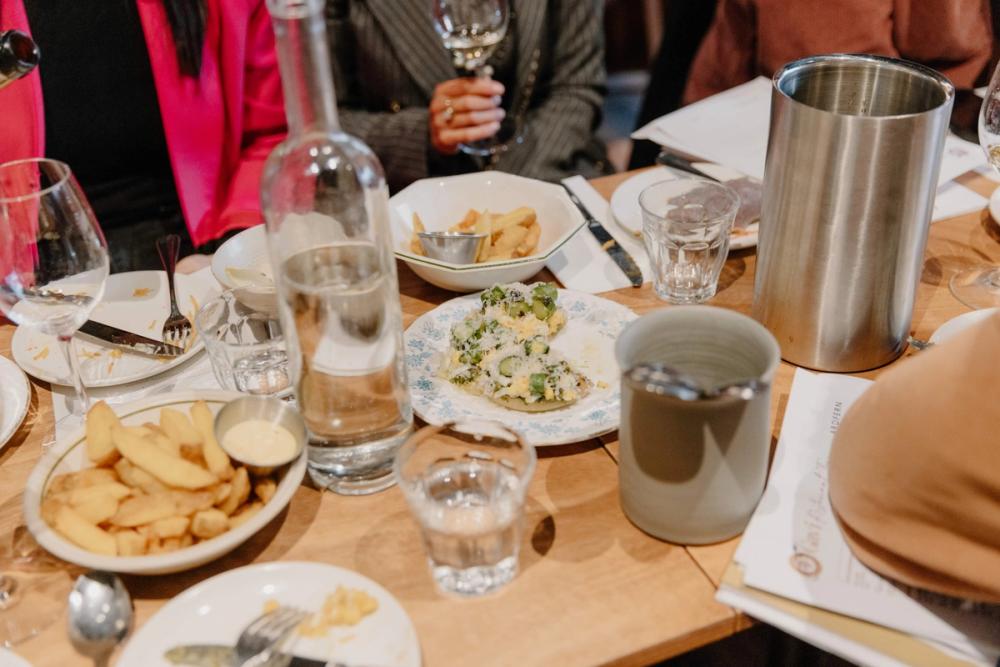
Gordal Olives.
Hummus.
Cured meats.
Hash brown.
Crab Dauphine.
Aubergine taco.
Asparagus flatbread.
Chips
Ardfern wines
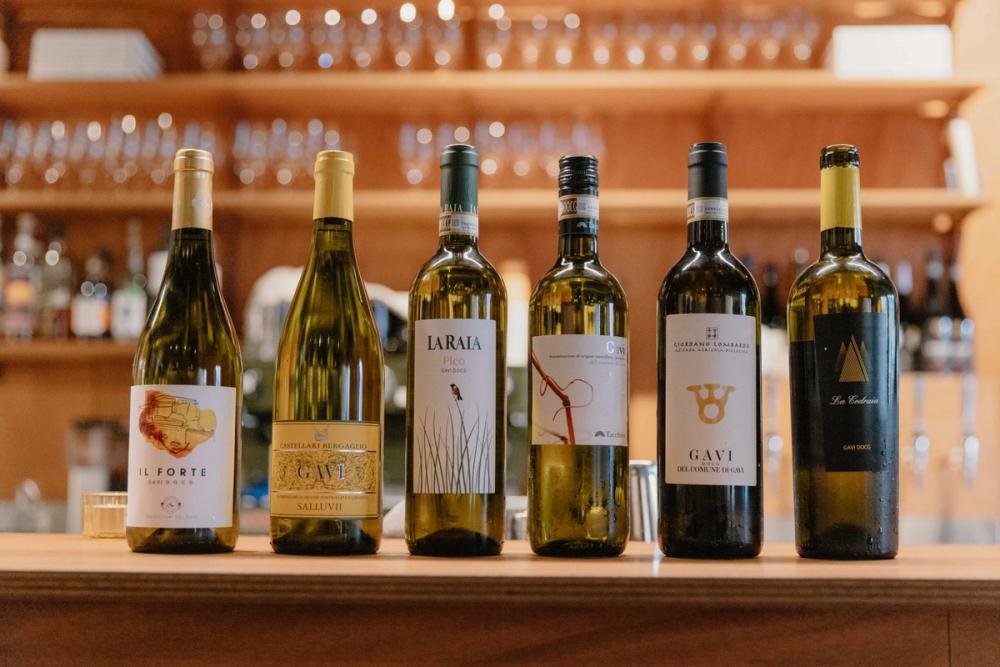
CASTELLARI BERGAGLIO SALLUVII GAVI DOCG 2024
Soil: Mixed.
Importer: Inverarity Morton
GIORDANO LOMBARDO SAN MARTINO GAVI DOCG DEL COMUNE DI GAVI 2023
Soil: White soil.
Importer: Indigo Wine, Firth & Co Wine Merchants.
LA CEDRAIA GAVI DOCG 2023
Soil: Red
Importer: Looking for UK distributor.
LA RAIA PLEO GAVI DOCG 2023
Soil: White.
Importer: Passione Vino.
PRODUTTORI DEL GAVI IL FORTE GAVI DOCG 2024
Soil: Red.
Importer: Alliance Wine.
TACCHINO DI ROMINA TACCHINO GAVI DOCG DEL COMUNE DI GAVI 2023
Soil: Mixed.
Importer: Bancroft Wines.
Gaucho
Food dishes
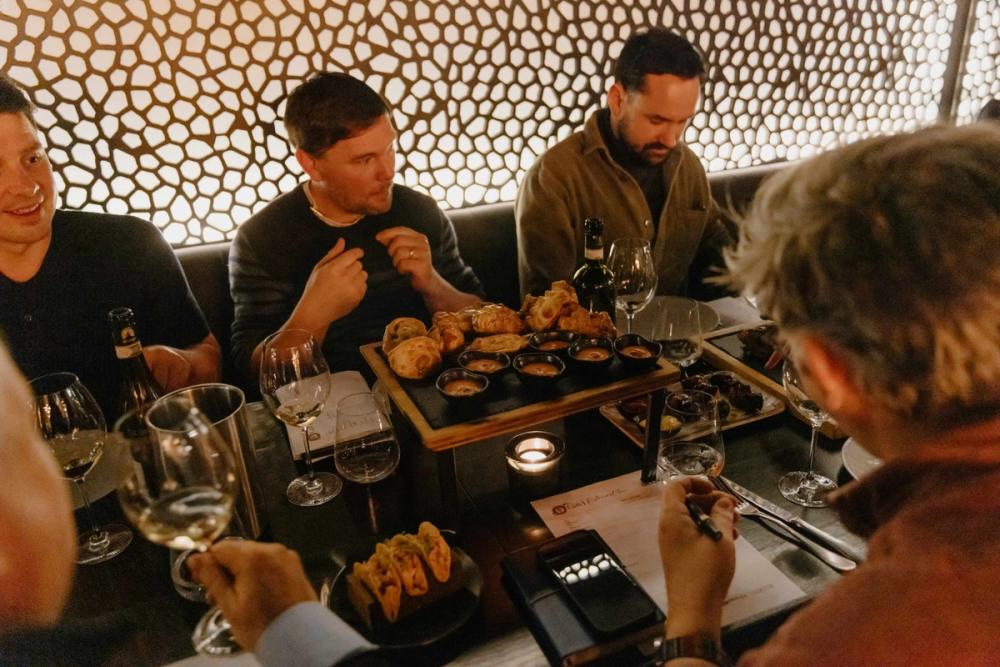
Sausage plate sharing.
Empanadas.
Sea bass ceviche.
Burrata.
Salmon tartare tacos.
Prawn Chicharron.
Crab causita.
Grilled tenderstream broccoli.
Lemen chimichurri-marinated half spatchook chicken.
Gaucho wines
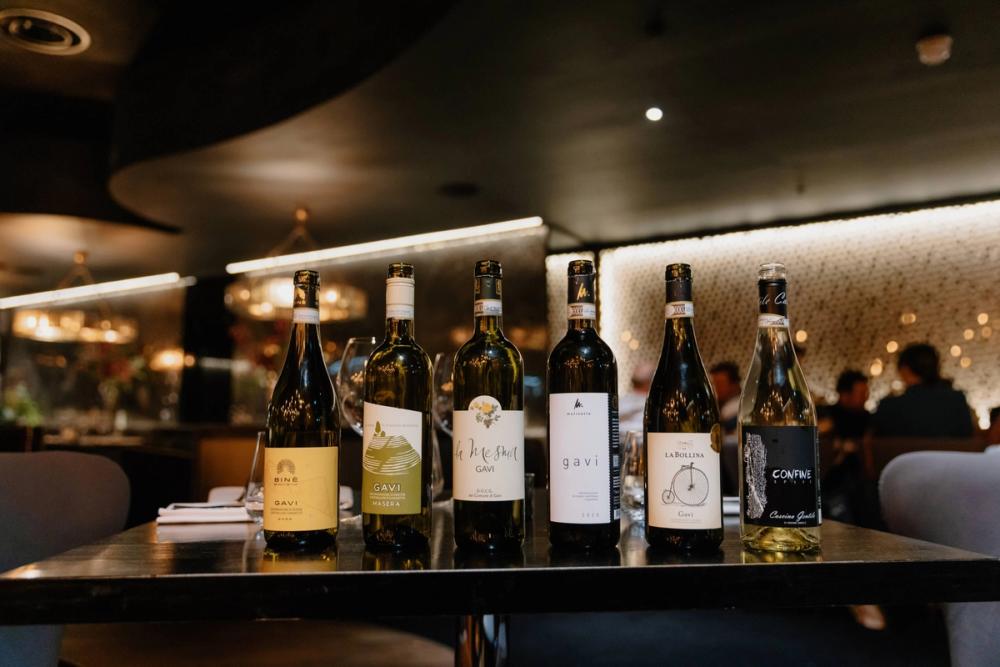
BINÈ GAVI DOCG 2023
Soil: Mixed.
Importer: Looking for UK distributor.
CASCINA GENTILE CONFINE GAVI DOCG 2023
Soil: Red.
Importer: Looking for UK distributor.
LA BOLLINA GAVI DOCG 2024
Soil: Mixed.
Importer: Shawbury Wines.
LA MESMA YELLOW LABEL GAVI DOCG DEL COMUNE DI GAVI 2024
Soil: White.
Importer: Raeburn Wines.
MASSONE STEFANO MASERA GAVI DOCG 2024
Soil: White.
Importer: Looking for UK distributor.
MOLINETTO GAVI DOCG 2023
Soil: Red.
Importer: Tilley’s Wines.
* You can find out more about Gavi wines at the Consorzio Tutela del Gavi website here.

